Post-Secondary 101: The First-Year Transition (eCO 2022) by University of Windsor is licensed under a Creative Commons Attribution-NonCommercial-ShareAlike 4.0 International License, except where otherwise noted.
University of Windsor
Post-Secondary 101: The First-Year Transition (eCO 2022) by University of Windsor is licensed under a Creative Commons Attribution-NonCommercial-ShareAlike 4.0 International License, except where otherwise noted.
1
Tips for Using this Resource
In addition to the web version, this module is available in a number of file formats including PDF, ePUB (for Readers), and various editable files from the homepage; look for the “Download this Book” drop-down menu to select the file type you want.
This module also contains links to a number of external websites. For those using a print copy of this resource, the link text is underlined, and you can find the web addresses for all links in the back matter of the book.
While we have attempted to make all elements of this resource conform with international accessibility guidelines, we must acknowledge a few accessibility issues. This table will be updated as new issues arise or are identified.
| Location of issue | Need for improvement | Timeline | Workaround |
|---|---|---|---|
| “Top Five Tips” Youtube videos from each module | Videos do not contain described video. | N/A | The video transcripts are able to be read by a screen reader. |
| YouTube video on “The First Day of School” | Video does not contain described video. | N/A | The general messages are still able to be conveyed through the video audio. |
We welcome your feedback on the accessibility of this First-Year Transition resource. Please let us know if you encounter accessibility barriers or identify ways in which the accessibility may be improved.
You can provide feedback by contacting us:
In your communication, please include the following information:
This accessibility statement has been adapted from the following resources:
This statement was last updated on February 28, 2022.
2
By leveraging the expertise offered across institutional units, this program aims to support first-year students transitioning into post-secondary by providing interactive content in an asynchronous online module format. It consolidates meaningful transition resources and encourages students’ self-regulated academic skills, feelings of connectedness, and professional knowledge and identities (Kinzie & Kuh, 2017; Lane et al., 2019; Tinto & Pusser, 2006).
This module, designed for students by students, will eliminate some of the navigational burdens associated with finding and obtaining support and post-secondary-specific resources. It will provide guidance to help students efficiently identify their needs and select corresponding modules and supports.
3
This project is made possible with funding by the Government of Ontario and through eCampusOntario’s support of the Virtual Learning Strategy. To learn more about the Virtual Learning Strategy visit: https://vls.ecampusontario.ca.
4
The suggested citation for this module in APA format is:
Reka, V., Szcyrek, S. R., & O’Neil, A. I. (2022). Post-secondary 101: The first-year transition. University of Windsor. https://ecampusontario.pressbooks.pub/firstyeareco2022/
The suggested attribution for this module is:
Post-Secondary 101: The First-Year Transition by Vanessa Reka, Samantha Szcyrek, and Ashlyne O’Neil, 2022, is licensed under a CC-BY-NC-SA license.
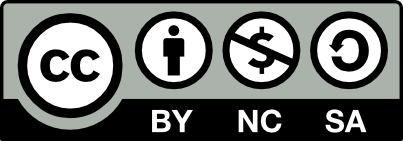
CC-BY-NC-SA: This license allows reusers to distribute, remix, adapt, and build upon the material in any medium or format for noncommercial purposes only, and only so long as attribution is given to the creator. If you remix, adapt, or build upon the material, you must license the modified material under identical terms.
All H5P interactions created by the project team and embedded within this module are individually licensed CC-BY-NC-SA by Vanessa Reka, Samantha Sczyrek, or Ashlyne O’Neil (each is cited in-text).
Some H5P interactions are embedded from other creators and licensed as such. Where the notation indicates the activity has been adapted but does not specify an author, the adapted version embedded in this Pressbook is licensed the same as the module: CC-BY-NC-SA Vanessa Reka, Samantha Sczyrek, and Ashlyne O’Neil.
I

Pressbooks uses navigation buttons at the bottom of each page, to help you easily move between pages. These buttons scroll as you do, so you can see them at all times without going to the bottom of a page.
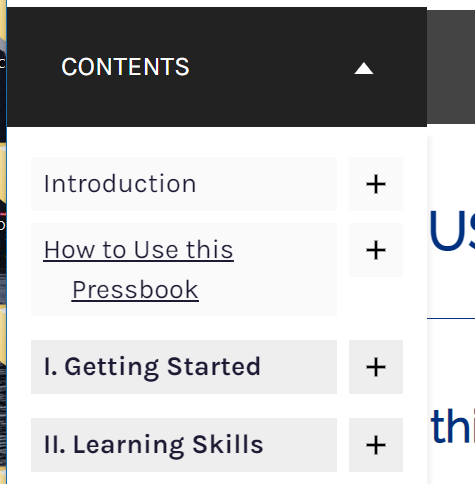
You can also use the table of contents found at the top left of the page. The “+” button will further expand the list.
Before beginning, it is important to acknowledge the significance of the various boxes you will encounter throughout this program:
Dark blue boxes will present the learning objectives for each module.
Royal blue boxes will consist of text-based information and resources that will explain ideas and concepts so that students can better understand the information provided in each module.
Yellow boxes will consist of interactive content for students to apply the information they have learned from the modules.
1
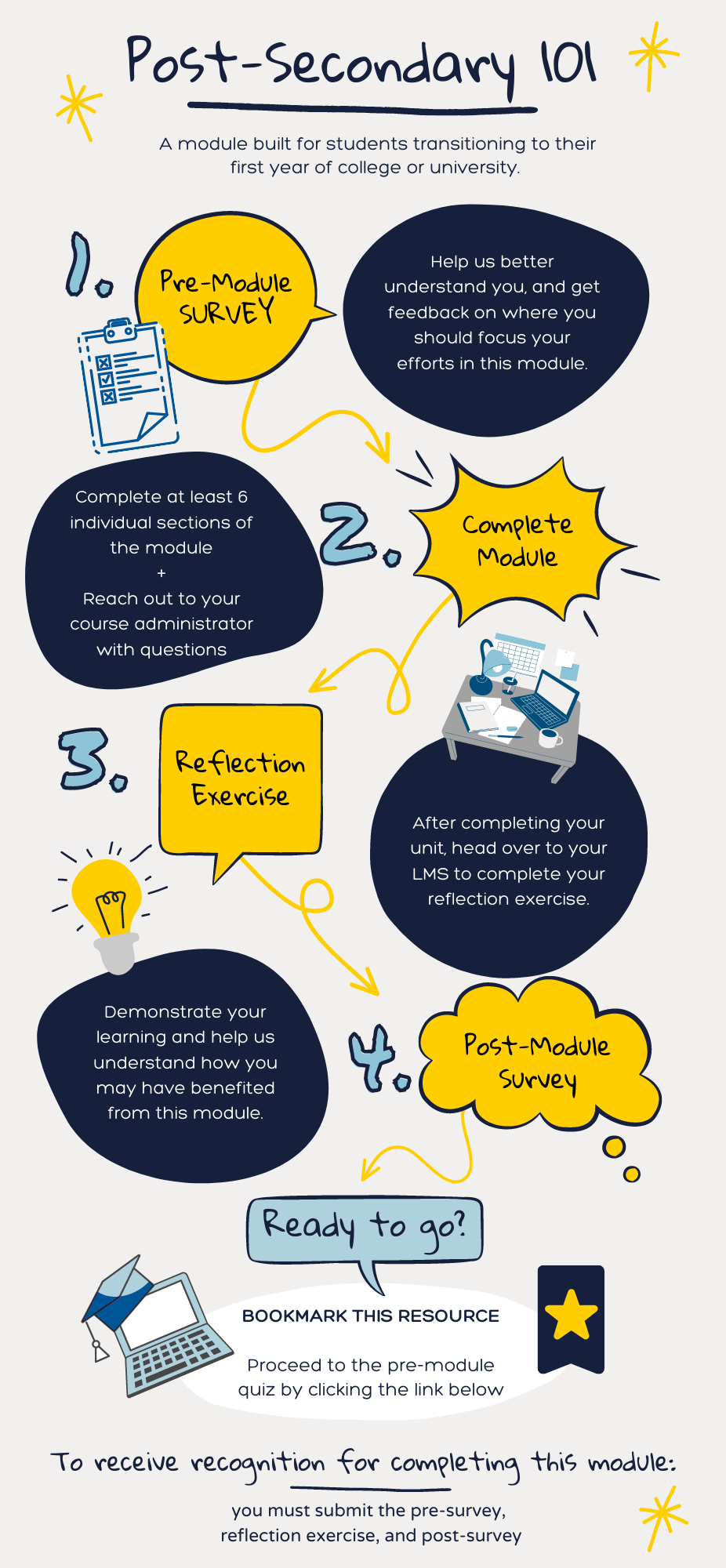
The purpose of this transition support program is to aid you at the start of your journey in post-secondary education. It serves as a comprehensive guide which covers many topics that an individual beginning post-secondary education may benefit from.
In this module, you will find various units encompassing different aspects of post-secondary education. These units consist of sections with content, activities, and resources that may enhance your experience as an individual becoming familiar with post-secondary education.
It was developed in close partnership with post-secondary students and faculty to provide inclusive, accessible chapters with text, imagery, multi-media components, and interactive content. You can access this program at any time.
Each unit will have interactive content as “module assignments” which allows you to tangibly apply the resources and support. The interactive content found within the chapters is not graded but rather is intended to enable you to gauge your understanding and comprehension of the material included in the module.
In order to receive recognition of your efforts in this course, you must complete the pre-survey, reflection assignment, and the post-survey, which can all be found in your learning management system (LMS) under your Transition101 course.
The recommended flow through this module is to start with the pre-survey to start thinking through what your needs actually are. Come back here to explore some of the modules and choose which six (6) sections you’d like to engage with the most – we recommend at least 6 to benefit from a breadth of material, but you can complete any sections in any order. Once you have made it through some or all of the sections, head back to your LMS to complete the reflection activity. This will help you consolidate your learning and create a plan for your first semester at university or college. You can save your reflection for later review, and you can always come back to this module as it will live on in Pressbooks – just be sure to bookmark it! Finally, complete the post-module survey. This will not only help us gather feedback and make improvements to the module, but will also help you further reflect on and document your growth as you dive into your first year.
2
At the beginning of each module in this program, you can find the Learning Objectives that represent the information and resources provided specifically for that module.
Learning Objectives will be found in boxes that look like this:
Here will be module specific learning objectives. They aim to help you remember and recall what you will be learning about, how the information and resources can be understood, and how you can apply that knowledge to the interactive content found within that module.
The first three stages of Bloom's Taxonomy is a useful tool that helped establish the learning objectives set in place for each module.
Guided by these three stages, the learning objectives found in each module are designed to help you remember information and resources that are beneficial in the transition to post-secondary education, provide opportunities for students to understand post-secondary ideas and concepts, and apply the information learned regarding the transition to post-secondary in your first-year transition into a new institution.
To learn a bit more about the three stages of Bloom’s Taxonomy, explore the interactive content below.
An interactive H5P element has been excluded from this version of the text. You can view it online here:
https://ecampusontario.pressbooks.pub/firstyeareco2022/?p=32#h5p-1
Adapted from Clayton Smith at University of Windsor / Revised by Samantha Szcyrek at University of Windsor
3
The infographic below outlines the topics covered for each section. This information can also be found using the Table of Contents.
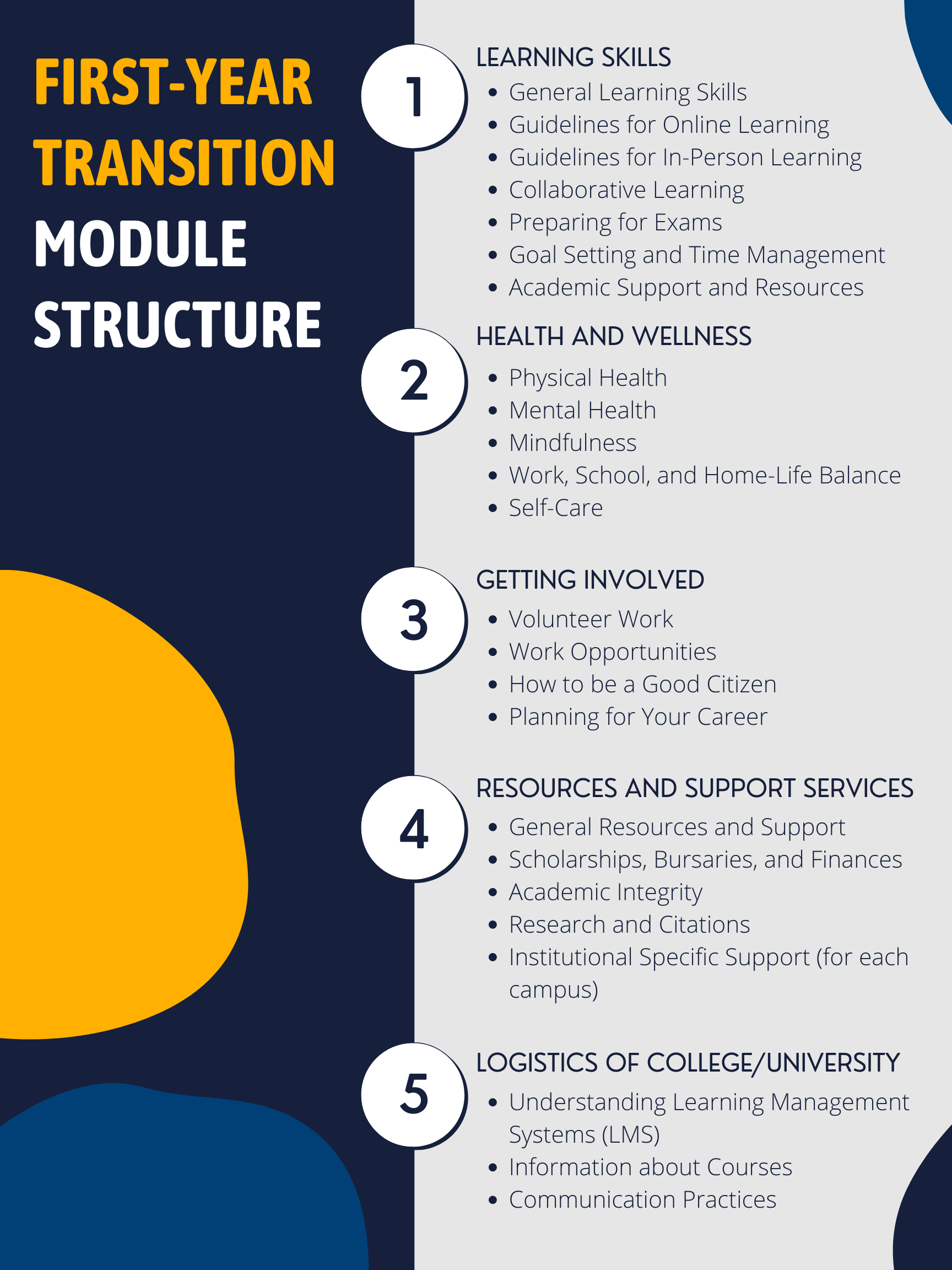
The non-credit transition support module can be accessed at any time at Post-Secondary 101: The First Year Transition (https://ecampusontario.pressbooks.pub/firstyear/).
This module will be asynchronous, meaning you will be expected to complete modules on your own time and at your own discretion. The online module will be available for students at any time using the permalink above, but your enrolment within your institution’s learning management site will end upon completion of your first term of study. In order to receive recognition for your participation, you will need to complete all assessment requirements prior to the Voluntary Withdrawal date of your first semester. See your school’s important dates to confirm that information (you can typically just Google your school’s name + “important dates” to find them easily).
By leveraging the expertise offered across institutional units, this module aims to support first-year students transitioning into post-secondary by providing interactive content in an asynchronous online modular format. Post-Secondary 101: The First-Year Transition consolidates meaningful transition resources and encourages students’ self-regulated academic skills, feelings of connectedness, and professional knowledge and identities (Kinzie & Kuh, 2017; Lane et al., 2019; Tinto & Pusser, 2006). Designed by students for students, this support program will eliminate some of the navigational burden associated with finding and obtaining the resources and support you need to succeed. Completing these modules will help you efficiently identify your needs and build skills important for success.
Designed as a “Choose-Your-Own-Adventure” type of learning experience, you will navigate the program on your own time. It is designed for students to focus on specific module sections and topics at the preference of the individual, as incoming first-year transition students often have varying prior knowledge and skills. Some of the provided support may be more beneficial to certain students, while other areas of support may benefit others; therefore, the program is structured for students to choose how, what, and when to learn.
As an asynchronous modules, you have the ability to work through the program at your own pace. For example, limited engagement with interactive content may take 30 to 45 minutes for module completion, whereas full engagement with interactive content and the end of module assignments could take anywhere from 45 minutes to an hour per module.
This is not a credit course, but rather a non-credit transition support program. Students who complete all modules and assessment tasks will be better prepared with the necessary tools to handle the rigours of post-secondary education. You will receive formal recognition as a notation on your academic transcript.
Each module will have interactive content as “module assignments” to allow you to apply the resources and support in a tangible manner. The interactive content found within the modules is not graded but rather is intended to enable you to gauge your understanding and comprehension of the material included in the module.
Each module will conclude with a small quiz designed to assess your comprehension and ability to practically apply the skills learned. You will have multiple opportunities to showcase your understanding of core ideas and reflect on your development.
4
II
By completing this module, you can:
5
By completing this section, you can:
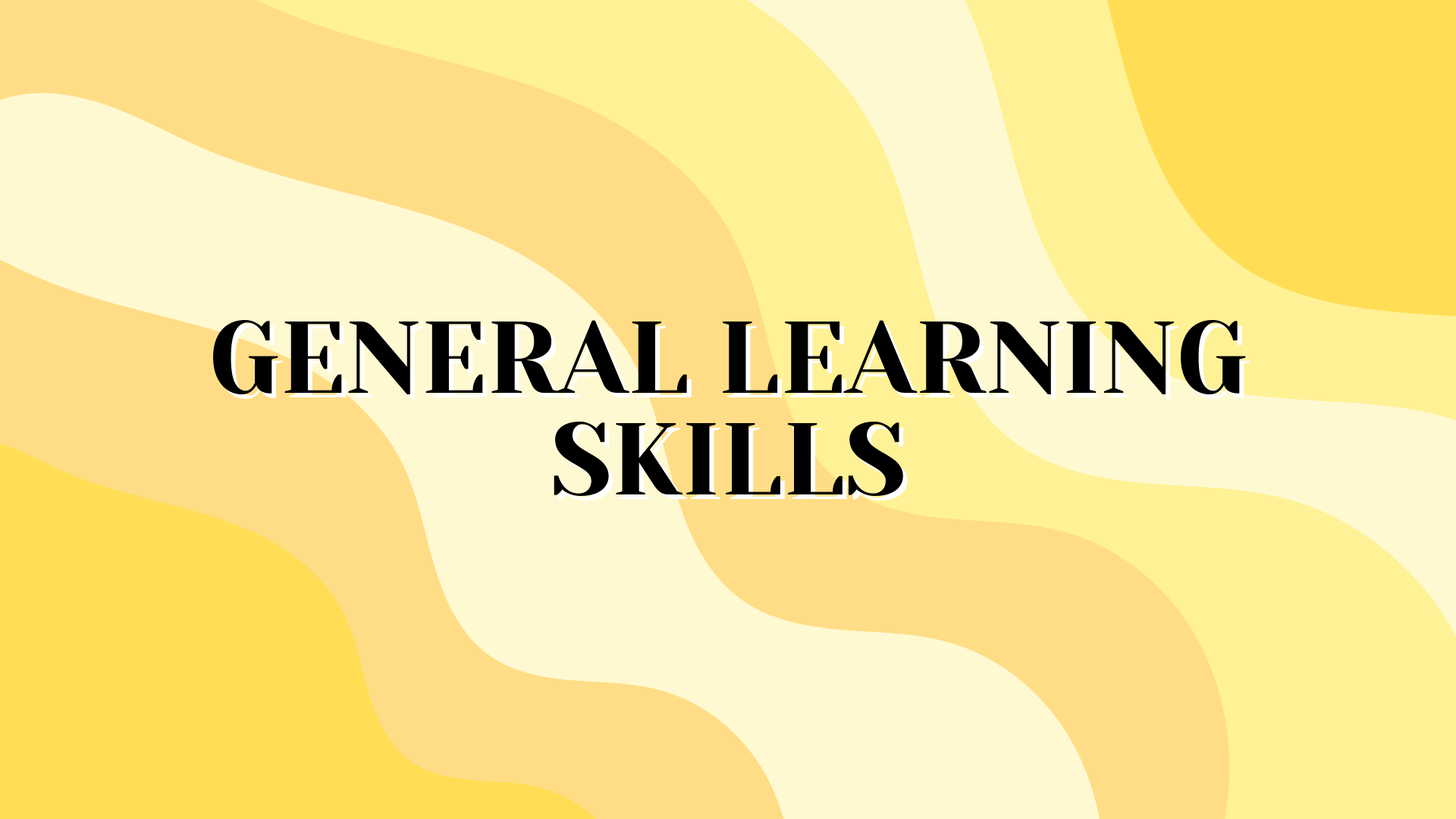
“I am still learning.”
quote by MICHELANGELO, AGED 87
It is important to remember that regardless of what you are learning, there will be a learning curve that must be navigated. There is no right or wrong way to learn, so understanding strategies to help develop and implement learning skills can make the process of learning a more enjoyable experience.
An interactive H5P element has been excluded from this version of the text. You can view it online here:
https://ecampusontario.pressbooks.pub/firstyeareco2022/?p=43#h5p-2
“The Nine Principles of Learning” created by Kendra Hart at University of Windsor. A review of the nine principles of learning, as outlined by Alexander, P. A., Schallert, D. L., and Reynolds, R. E. in “What is learning anyway? A topographical perspective considered“
Regularly attending class helps you maintain a routine, hold yourself accountable, and ensure you don’t miss any important information that lecture slides may not contain. If your class has synchronous components, then that means you are attending a live session, whether online or on campus. If your class has asynchronous components, that means you are expected to complete work on your own within some timeframe… this can be especially challenging for those who have difficulty with time management, so if this is you, be sure to check out the online learning and time management sections of this module.
Be Prepared
Pay Attention
We know it’s difficult to maintain your attention sometimes, especially when there are so many opportunities for distraction. This is true both online and in-person — distractions are everywhere.
Engage!
An interactive H5P element has been excluded from this version of the text. You can view it online here:
https://ecampusontario.pressbooks.pub/firstyeareco2022/?p=43#h5p-3

6
By completing this section, you can:
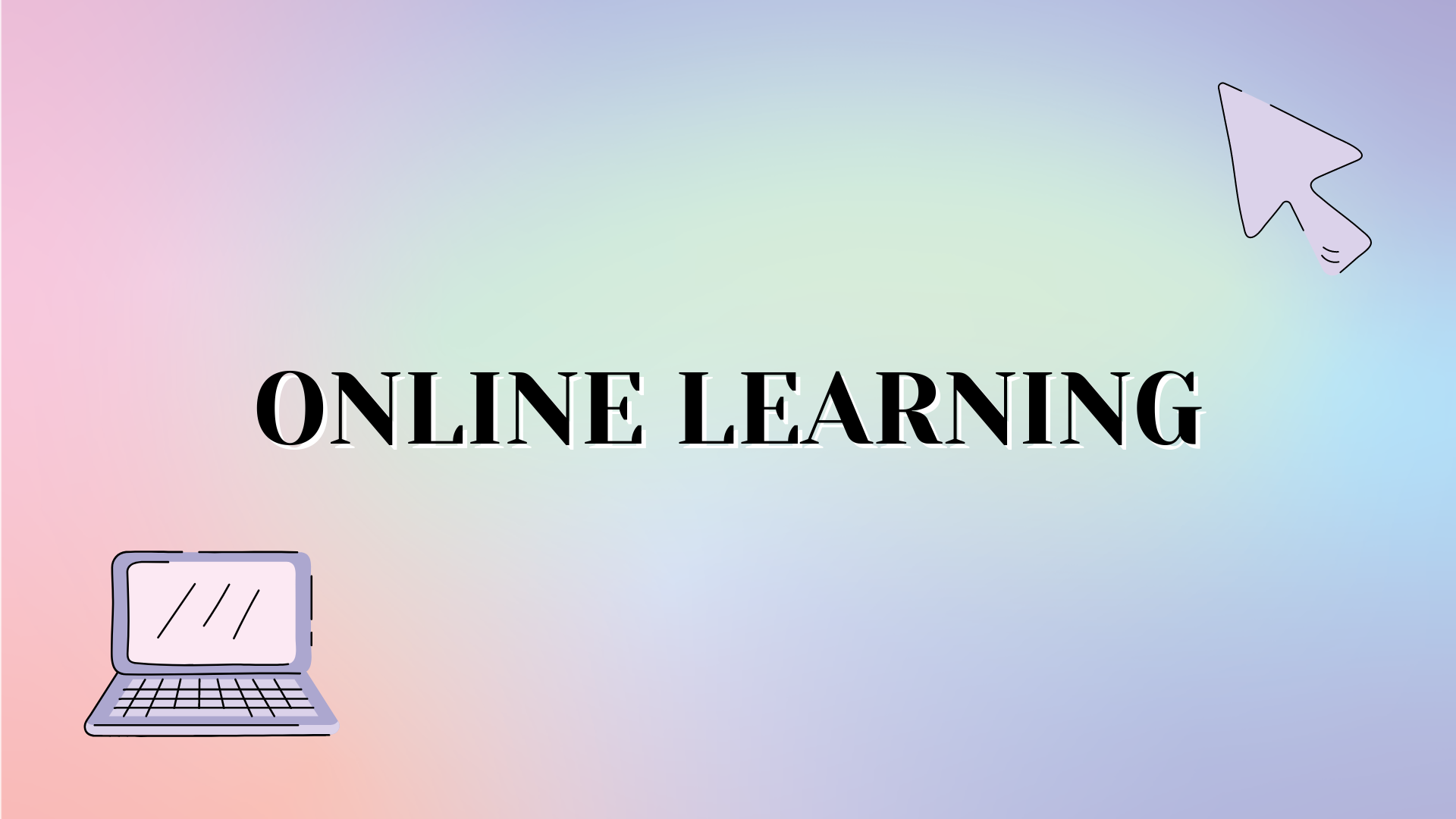
One new opportunity arising from the COVID-19 pandemic is the ability to the transition from learning in person to learning online. Preparing in advance can help make the transition to online learning easier and reduce some of the uncertainty and stress.
The following questionnaire will help you assess your digital learning skills and readiness for online learning. This will give you the opportunity to identify your strengths and areas for improvement. Click the image to be taken to the survey.
This questionnaire modified from the Online Learning Readiness Questionnaire created by IT Learning and Development, Penn State University, under a CC BY NC SA license. This version (by Algonquin College was created by The Learning Portal and is available under the same license.
It is easy to feel distracted when you are learning from home, but don’t let this discourage you.
An interactive H5P element has been excluded from this version of the text. You can view it online here:
https://ecampusontario.pressbooks.pub/firstyeareco2022/?p=48#h5p-4
It is easy to be overwhelmed with information while online, but you can build digital and information literacy in various ways to help better navigate online learning.
For example, this interactive content can help you differentiate between statements that may either be fact or an opinion:
An interactive H5P element has been excluded from this version of the text. You can view it online here:
https://ecampusontario.pressbooks.pub/firstyeareco2022/?p=48#h5p-5
Retrieved from Lauralynn Tomassi at George Brown College
You can also practice checking what you have just read in three to four steps, outlined in this interactive content:
An interactive H5P element has been excluded from this version of the text. You can view it online here:
https://ecampusontario.pressbooks.pub/firstyeareco2022/?p=48#h5p-6
Retrieved from Mita Williams at University of Windsor

7
By completing this section, you can:

In-person learning is a traditional learning environment.
It is easy to miss out on some of the opportunities in-person learning provides when we are still getting accustomed to the environment. Preparation in advance for attending in-person learning makes all the difference!
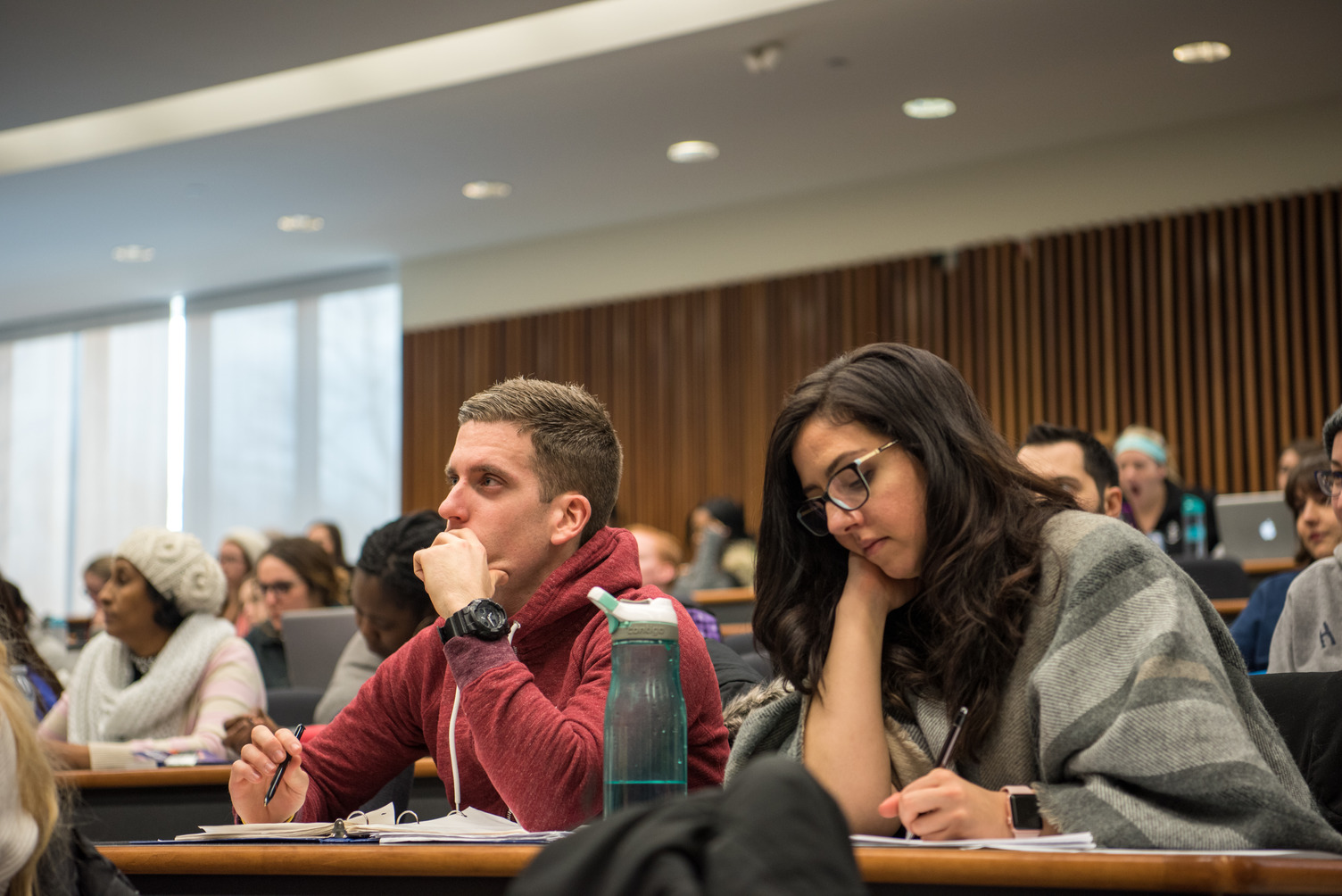 Photo by Jesse Bombardier at University of Windsor, 2021
Photo by Jesse Bombardier at University of Windsor, 2021
Be Prepared
Attend Class
Active Learning over Passive Learning

8
By completing this module, you can:
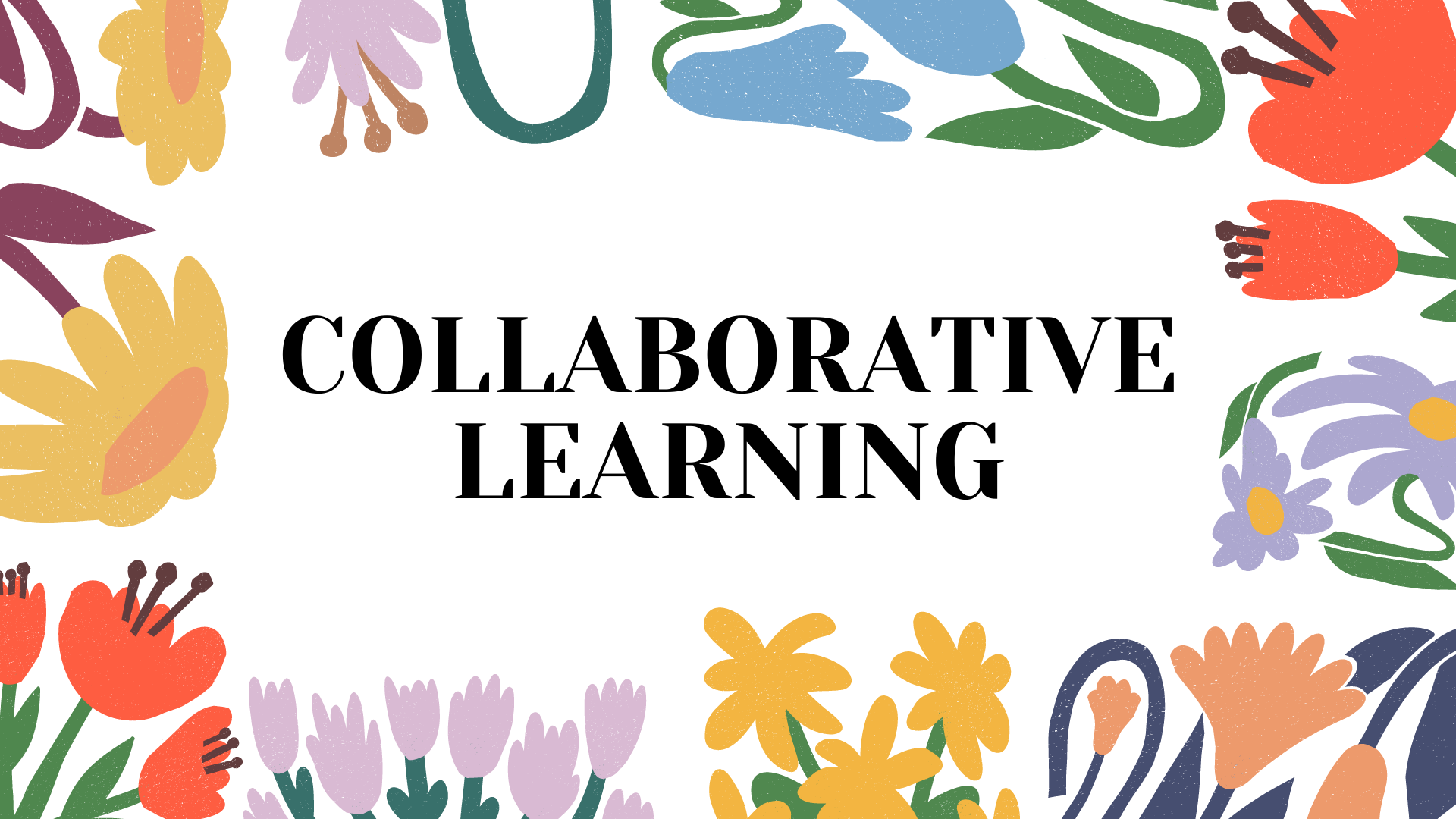
“Alone we can do so little; together we can do so much.”
quote by HELEN KELLER
Collaborative Learning, while much like group work, differs slightly. The term collaborative learning presents a new approach to teamwork in the academic or professional setting as “collaborative” often signifies unity, cooperation, and conveys a positive experience.
You can build a connection with peers and develop social skills, share effort amongst team members, and enjoy the experience of the process as well as the final product or project. By working as a team in a collaborative manner, learning can be maximized for all students.
An interactive H5P element has been excluded from this version of the text. You can view it online here:
https://ecampusontario.pressbooks.pub/firstyeareco2022/?p=58#h5p-7
Adapted from Brenda Marshall at Georgian College / Adaption created by Samantha Szcyrek at University of Windsor
It is beneficial if you have a basic understanding of yourself as an individual. This is important as being able to understand your personality, values, and conflict-management styles can help you understand your role outside of a team and how that can effect your role inside a team.
Below, you will find some helpful and free resources that you can choose to engage with. Exploring these assessments can help you develop a better understanding of yourself which you can then positively use in collaborative learning.
Some sites may require cookies or ask for your email for promotional marketing, so if you are uncomfortable with this you can always look up more! Just remember to look for reliable, safe websites that do not ask for excessive personal information and details. To find similar resources, try searches such as:
Personality Assessment
Personal Values and Emotional Intelligence Assessment
Skills Self-Assessment
An interactive H5P element has been excluded from this version of the text. You can view it online here:
https://ecampusontario.pressbooks.pub/firstyeareco2022/?p=58#h5p-8
Created by Vanessa Reka at University of Windsor
Conflict is a normal part of group work. Each individual group member will have their own opinions and ideas on what would be best for the group. It is important to know how to resolve conflicts when they arrive, and also try to prevent conflicts from occurring.
Communication:
Determine what the conflict is and acknowledge that it is occurring:
Reach out to your teacher or professor:
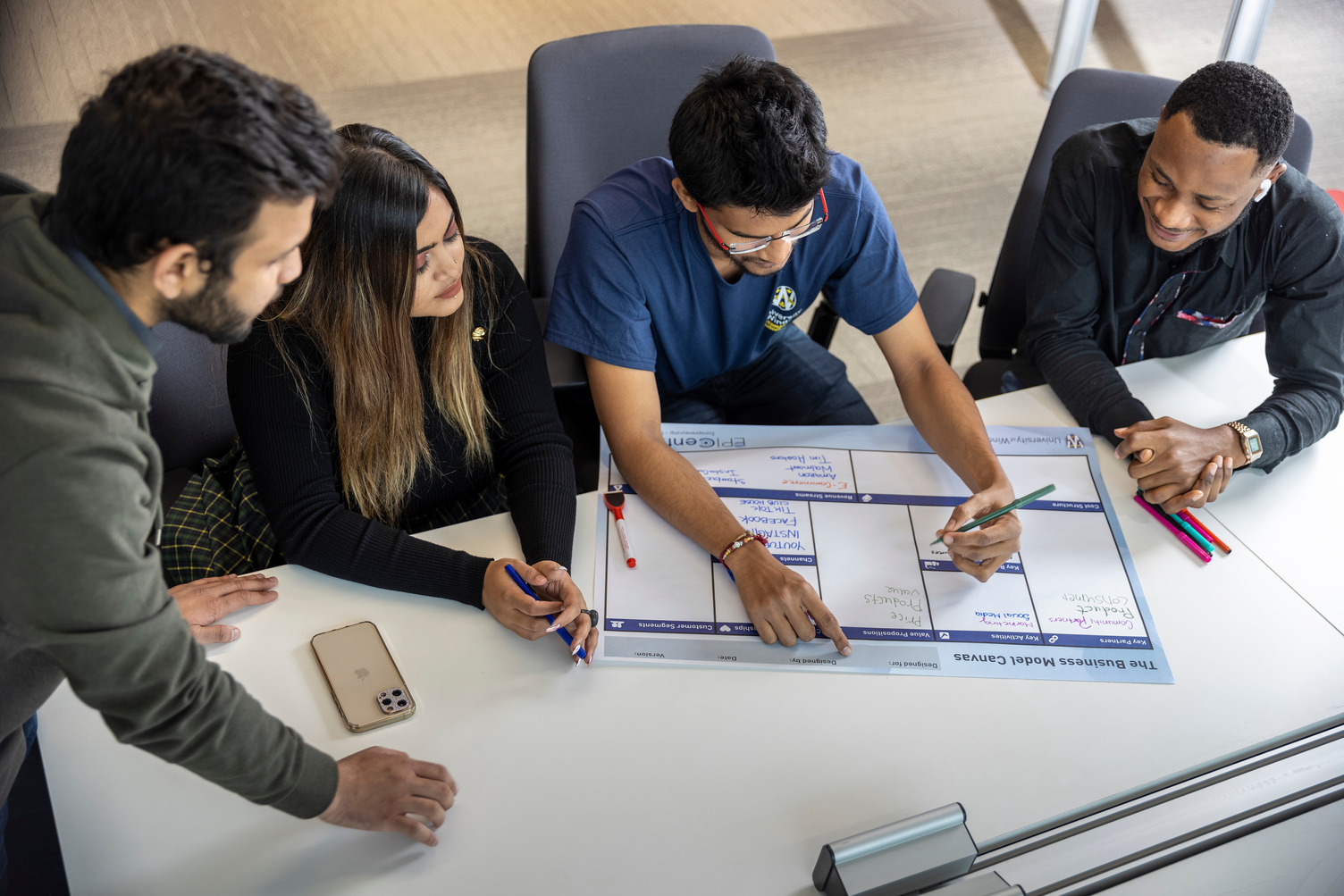
Photo by University of Windsor, 2021

9
By completing this section, you can:
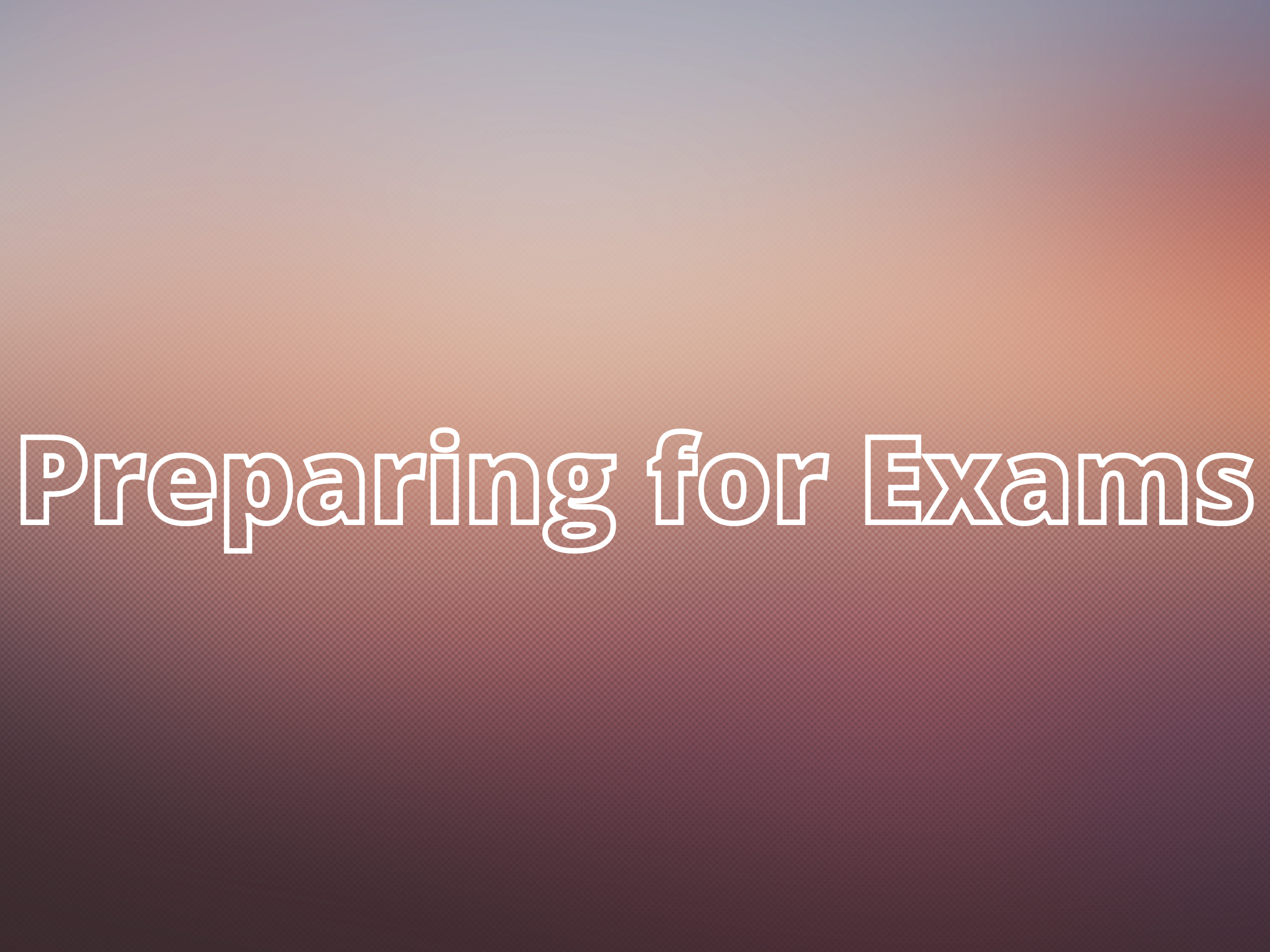
“Before anything else, preparation is the key to success.”
quote by ALEXANDER GRAHAM BELL
Post-secondary courses will have an increased workload in comparison to high school. Improving your study skills can help prepare you for your midterm and final examinations.
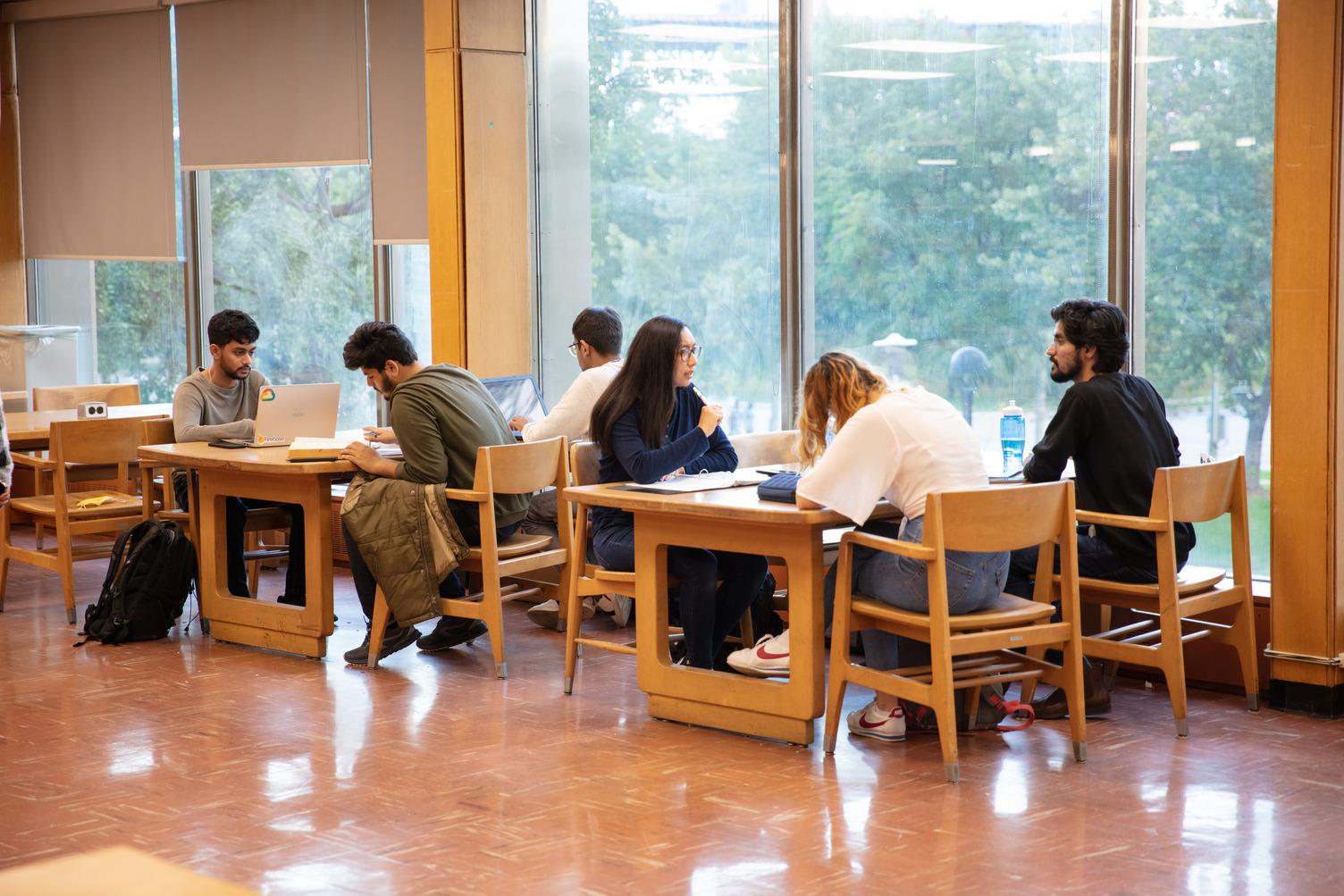
Photo by Jesse Bombardier at University of Windsor, 2021

10
By completing this section, you can:
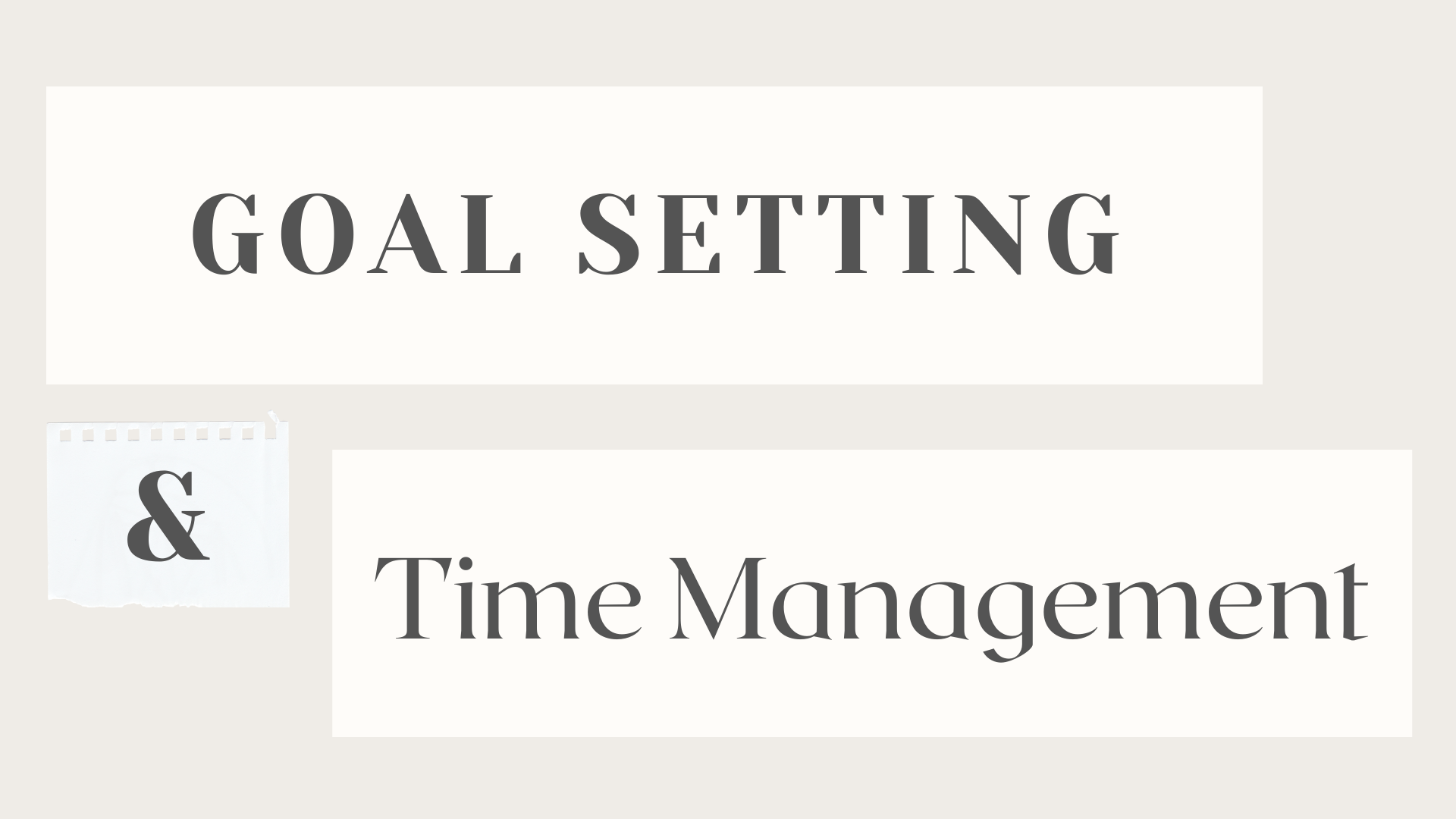
Strive for progress, not perfection
SMART Goals can help set attainable, realistic goals.
An interactive H5P element has been excluded from this version of the text. You can view it online here:
https://ecampusontario.pressbooks.pub/firstyeareco2022/?p=67#h5p-9
One or more interactive elements has been excluded from this version of the text. You can view them online here: https://ecampusontario.pressbooks.pub/firstyeareco2022/?p=67
An interactive H5P element has been excluded from this version of the text. You can view it online here:
https://ecampusontario.pressbooks.pub/firstyeareco2022/?p=67#h5p-10
Created by Anabella Arcaya at Algonquin College
The above video was created by Patrick Carnevale in the University of Windsor’s Office of Open Learning and is licensed CC-BY-NC-SA.

11
By completing this section, you can:
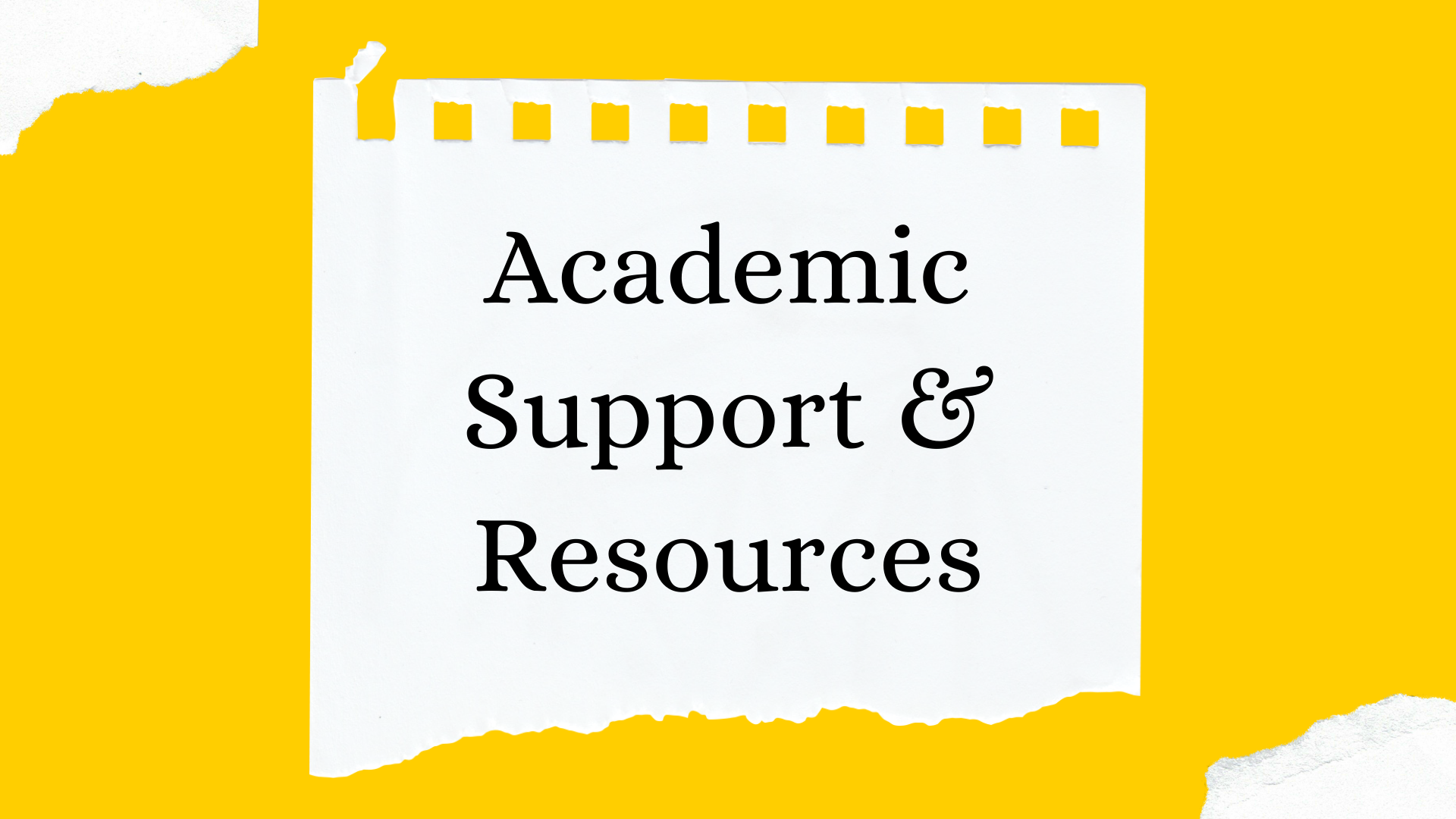
Academic resources are available in many places.
The Internet has a plethora of academic resources available to students, including lessons, tutorials, practice quizzes, and more. Each post-secondary institution will have academic resources available to students. This includes academic advising, workshops, tutorials, writing support desks, tutoring, and other supports. Look into what resources are available at your school.
An interactive H5P element has been excluded from this version of the text. You can view it online here:
https://ecampusontario.pressbooks.pub/firstyeareco2022/?p=71#h5p-11
Adapted from the Student Success Centre at Lakehead University

III
By completing this module, you can:
12
By completing this section, you can:
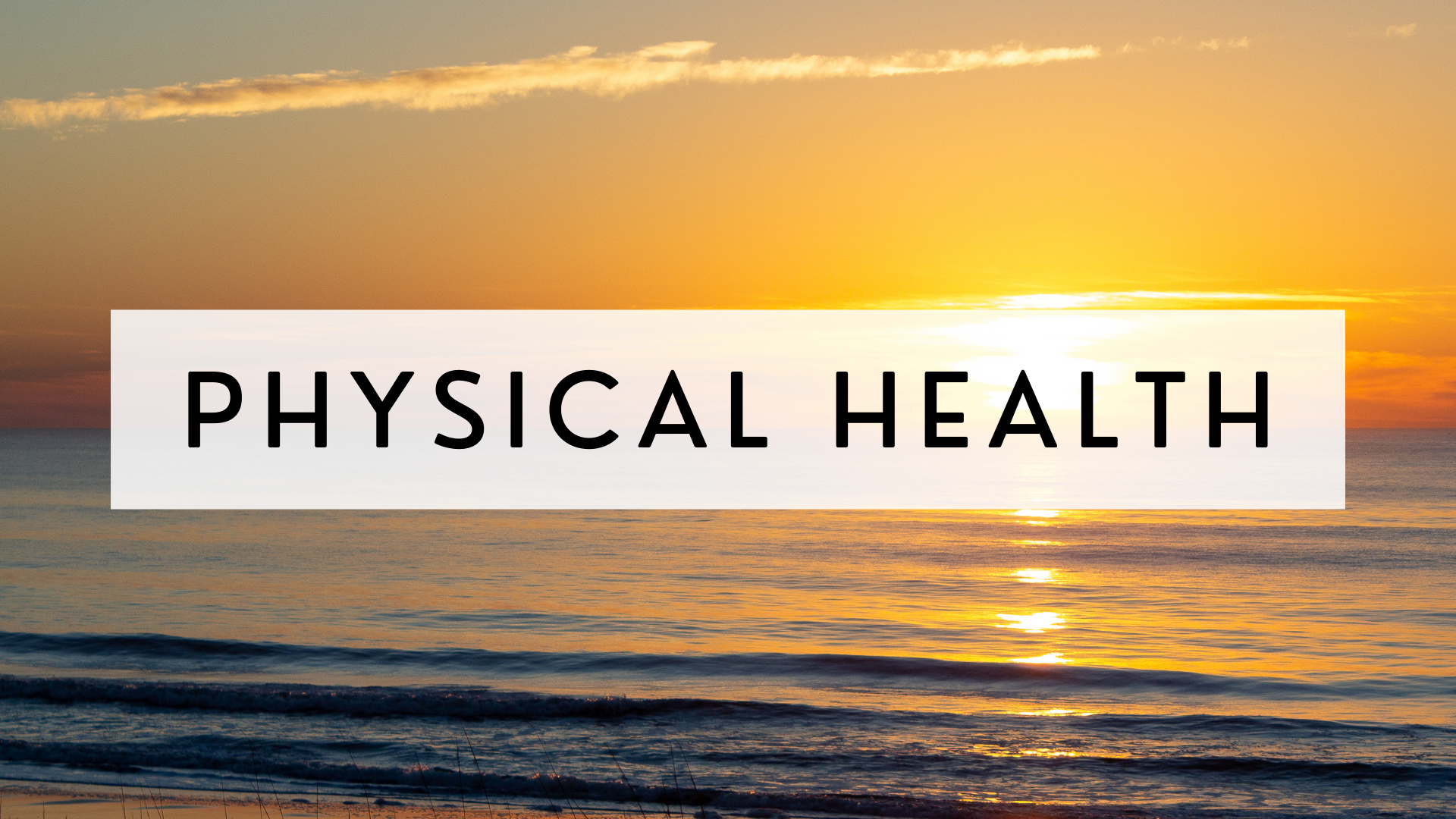
Physical health is one of many components that make up overall wellbeing.

Staying active is an important part of maintaining physical health. The Heart and Stroke Foundation (2021) recommends at least 150 minutes of moderate to vigorous exercise a week. Exercise may seem daunting but it doesn’t have to be.
Exercise can include walking your dog, going on a quick stroll during your lunch break, stretching, gardening, dancing, or doing chores. Find ways to incorporate some form of physical activity into your daily practice.
Many schools have athletic centres available for free to their students. These are great places to play sports with friends, go swimming or get a quick workout in. Many schools also offer intramural sports for a small fee. Get together with a group of friends and start a team, or join as a Free Agent!
An interactive H5P element has been excluded from this version of the text. You can view it online here:
https://ecampusontario.pressbooks.pub/firstyeareco2022/?p=79#h5p-13
Photo by Scott Warman on Unsplash is licensed under the Unsplash License
Created by Vanessa Reka at University of Windsor
Balancing school, work, and a social life can make getting enough hours of sleep a night a challenge. It is important to prioritize sleep as it is an important part of health, and it is the time that your body uses to heal and recharge.

13
By completing this section, you can:
“Our life is shaped by our mind, for we become what we think.”
quote by BUDDAH
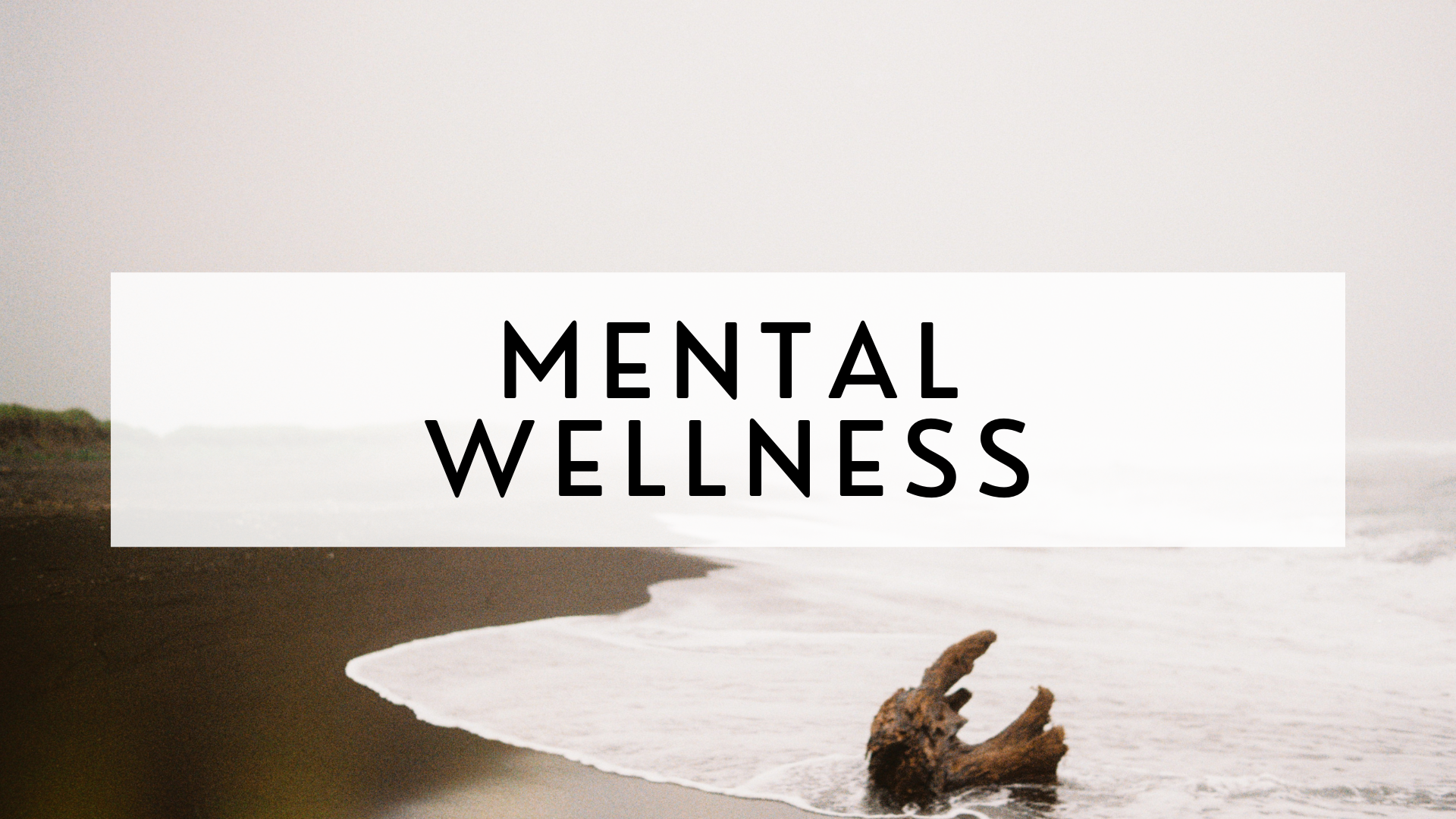
Mental health and physical health are interconnected. Everyone has mental health, the same way that everyone has physical health. It is important to take care of both your mental and physical health.
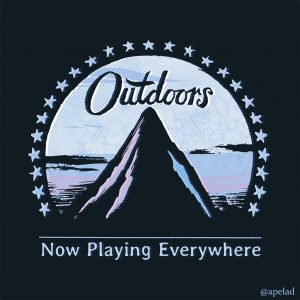 Stay Active
Stay ActiveAn interactive H5P element has been excluded from this version of the text. You can view it online here:
https://ecampusontario.pressbooks.pub/firstyeareco2022/?p=84#h5p-14
Media Attributions

14
By completing this section, you can:

To be mindful is to be aware, in the moment.
Mindfulness is defined as “a moment-to-moment awareness of one’s experience without judgment. In this sense, mindfulness is a state and not a trait. While it might be promoted by certain practices or activities, such as meditation, it is not equivalent to or synonymous with them” (Davis & Hayes, 2012).
Created by AboutKidsHealth (2019).
Follow a guided mindfulness meditation
Go on a walk without distractions
Dedicate time for your mindfulness activity
Focus on your breathing
An interactive H5P element has been excluded from this version of the text. You can view it online here:
https://ecampusontario.pressbooks.pub/firstyeareco2022/?p=88#h5p-15
Created by Vanessa Reka at University of Windsor
An interactive H5P element has been excluded from this version of the text. You can view it online here:
https://ecampusontario.pressbooks.pub/firstyeareco2022/?p=88#h5p-16
Created by Vanessa Reka at University of Windsor

15
By completing this section, you can:
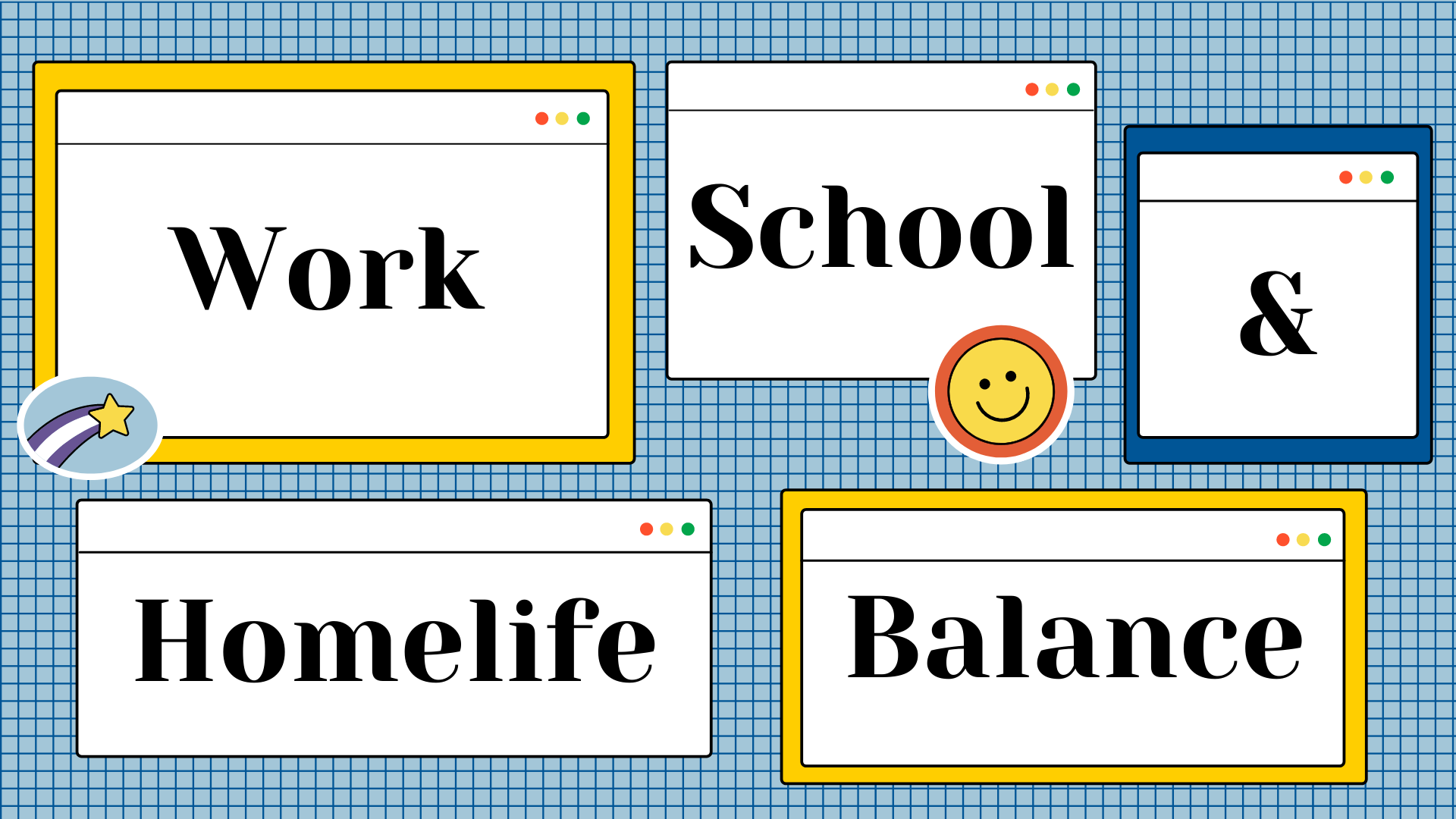
“Balance is not something you find, it is something you create.”
quote by JANA KINGSFORD
It is easy to sway between not doing enough and doing too much. Many of us might be considered “go-getters” and are constantly taking on extra jobs and volunteer opportunities in addition to keeping up with school work and maintaining personal relationships. Finding balance in these areas is important for positive mental health. Having a good balance between school, work, and life may help in preventing feeling stressed and overwhelmed.
Create a daily, weekly, and monthly to do list
Keep a virtual or physical agenda or calendar
Find ways to stay in touch with friends
Set aside time for fun
Sort your to do list by priority and urgency
When possible, stick to your body’s natural clock
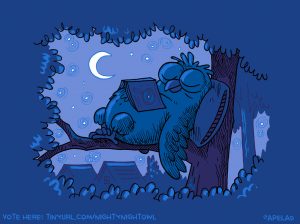 You have no doubt heard terms like “early birds” and “night owls”. Which one are you? The fact of the matter is, that we live in a 9-5 world, but very few people are actually built to operate in such a way.
You have no doubt heard terms like “early birds” and “night owls”. Which one are you? The fact of the matter is, that we live in a 9-5 world, but very few people are actually built to operate in such a way.
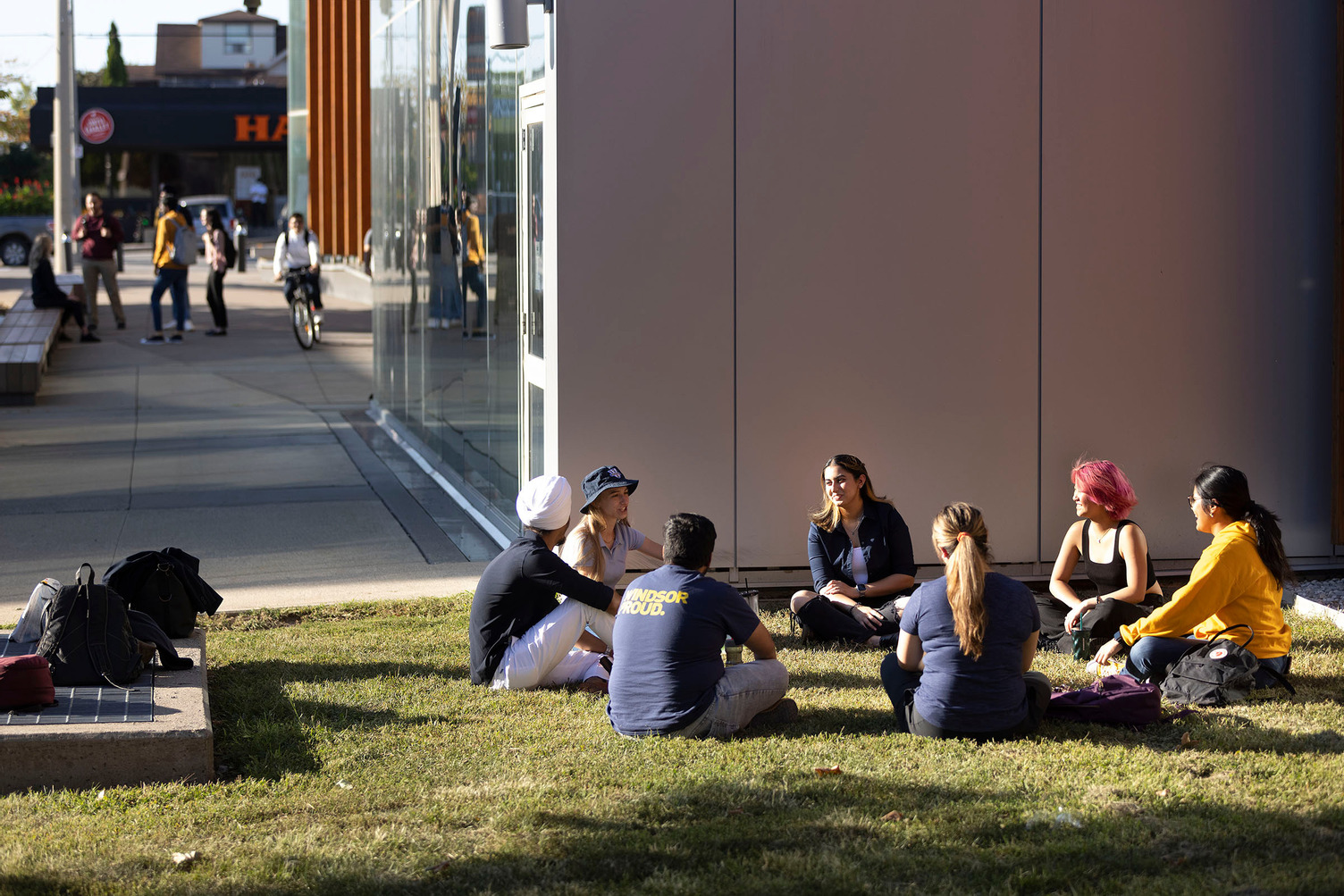
Photo by Jesse Bombardier at University of Windsor, 2021
An interactive H5P element has been excluded from this version of the text. You can view it online here:
https://ecampusontario.pressbooks.pub/firstyeareco2022/?p=95#h5p-17
Created by Vanessa Reka at University of Windsor

16
By completing this section, you can:

What is self-care?
Self-care is defined as a “a general term that describes everything you do deliberately for your mental, physical, and emotional well-being” (Perimeter Healthcare, 2021). Self-care looks different for everyone, but can prepare you to be your best self in all aspects of life.
Figure out what you Find Relaxing and Calming
Get Enough Sleep
Take Care of your Physical and Mental Health
Practice Good Hygiene
Avoid Risks
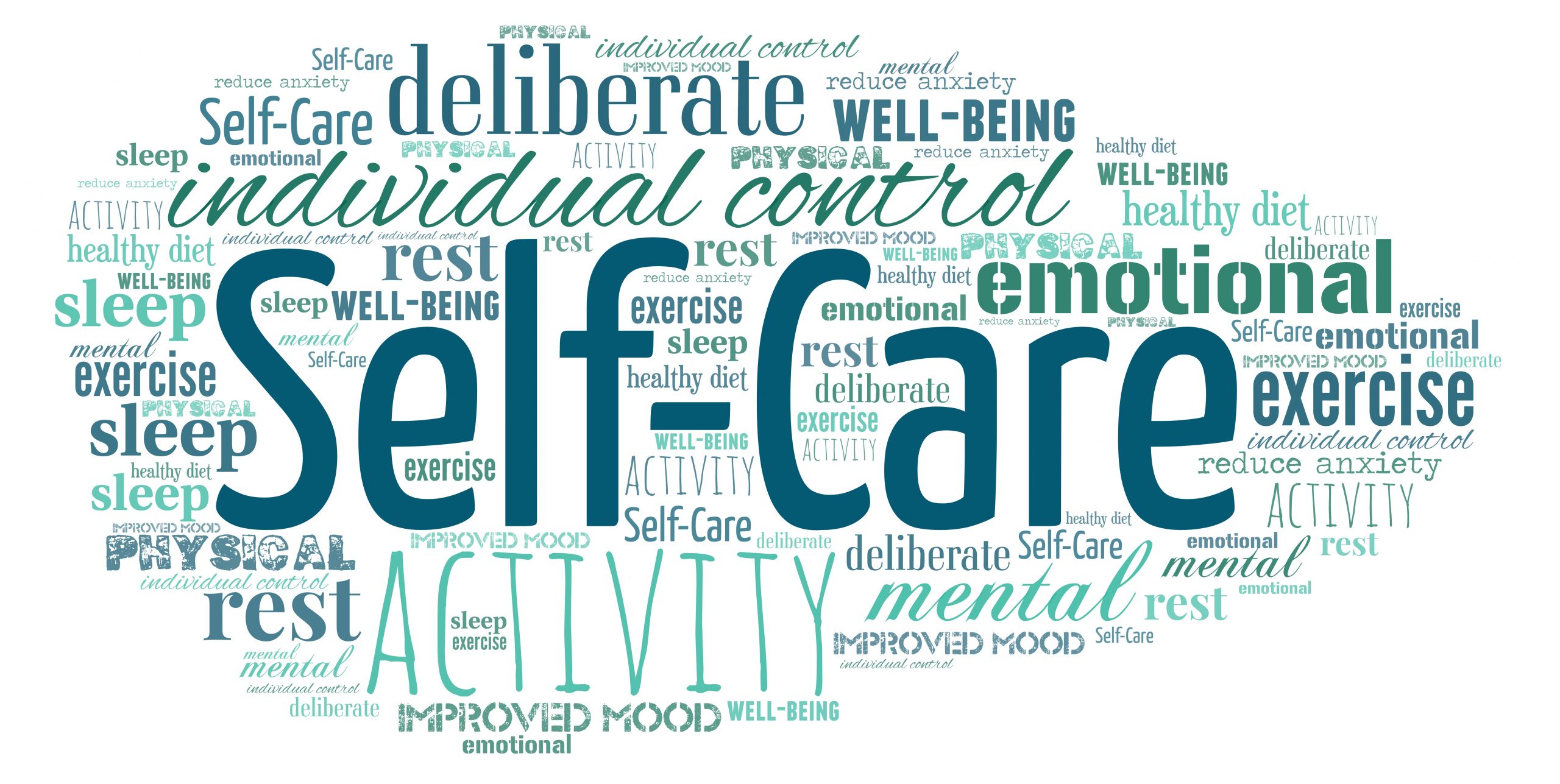
An interactive H5P element has been excluded from this version of the text. You can view it online here:
https://ecampusontario.pressbooks.pub/firstyeareco2022/?p=99#h5p-18
Created by Vanessa Reka at University of Windsor

IV
By completing this module, you can:
17
By completing this section, you can:

Volunteering is a great way to get involved with your community.
It allows you to help out those in need and also helps you gain valuable work experiences. Many school campuses provide opportunities for students to get involved and volunteer.
Look for on Campus Opportunities
Join Philanthropic Clubs
Look at Volunteer Opportunities in your Local Community.
Create your Own!
Click any of these links to find databases with volunteer placements or charity causes based in Canada. You can find province-based organizations or even deepen your search by finding local volunteer experience, not-for-profits, and charities!
An interactive H5P element has been excluded from this version of the text. You can view it online here:
https://ecampusontario.pressbooks.pub/firstyeareco2022/?p=104#h5p-19
Created by Vanessa Reka at University of Windsor

18
By completing this section, you can:

Being a good citizen involves being a respectful individual.
You can practice being a good citizen in your relationships with yourself, your friends, your family, and to peers, partners, children, strangers, and even animals and the environment.
A simple checklist can help you recognize each day if you are practicing being a good citizen. Use this guide, or create your own questions to assess yourself.
This checklist can be adapted into a routine at any point in the day. For example:
Ask Yourself:
Ask About Others:
Ask About the Environment:
The purpose of asking yourself questions is a reminder that everyday is a new opportunity or a fresh start to be better than you were the day before.
One or more interactive elements has been excluded from this version of the text. You can view them online here: https://ecampusontario.pressbooks.pub/firstyeareco2022/?p=107

19
By completing this section, you can:
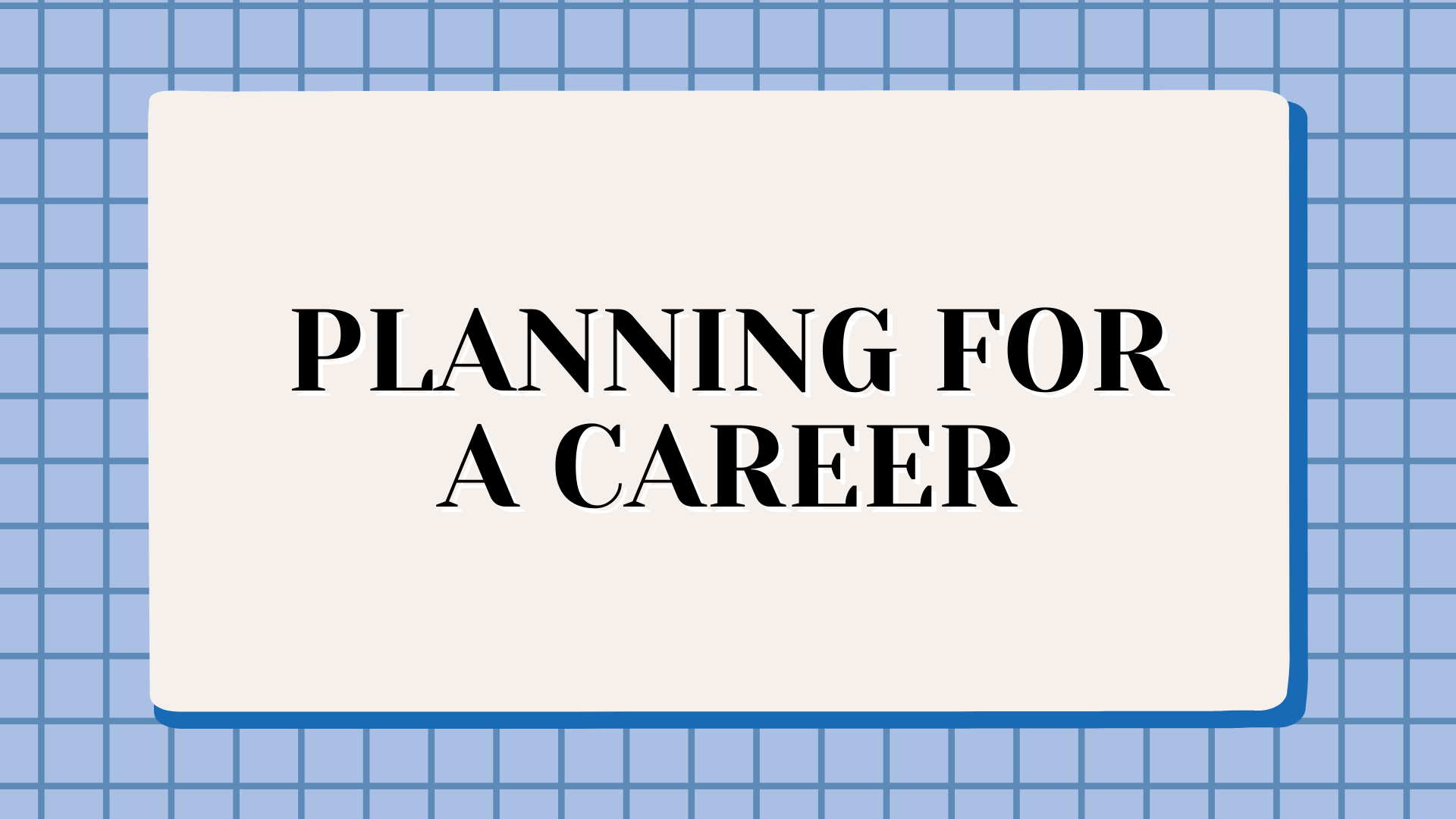
It is important to recognize that there are options during your educational journey that you may consider exploring that may benefit your academics and career in the long run.
Being able to build a successful resume and cover letter can help you both academically and professionally.
An interactive H5P element has been excluded from this version of the text. You can view it online here:
https://ecampusontario.pressbooks.pub/firstyeareco2022/?p=110#h5p-20
Retrieved from Donna Naylor at Georgian College
An interactive H5P element has been excluded from this version of the text. You can view it online here:
https://ecampusontario.pressbooks.pub/firstyeareco2022/?p=110#h5p-21
Retrieved from Donna Naylor at Georgian College
An interactive H5P element has been excluded from this version of the text. You can view it online here:
https://ecampusontario.pressbooks.pub/firstyeareco2022/?p=110#h5p-22
Retrieved from Donna Naylor at Georgian College
Cooperative education is a structured method of combining classroom-based education with practical work experience. In Ontario, there are many post-secondary institutions that may offer co-op opportunities. Co-op placements are a great way for students to further their education while still obtaining important practical work experience. It may help you decide whether or not you would like to pursue a specific career path with your degree prior to graduation.
There are many sites and organizations that specifically help Ontario students find co-op opportunities at their campus, for example:
Studying abroad and partaking in exchange student opportunities is a great way to experience travel and adventure while still pursuing a post-secondary education. In Ontario, there are many post-secondary institutions that provide students with opportunities to travel abroad as a student, which is a great way to experience new cultures, learn new languages, and see the world.
There are many sites and organizations that specifically help Ontario students find studying abroad and exchange opportunities at their campus, for example:

V
By completing this module, you can:
20
By completing this section, you can:
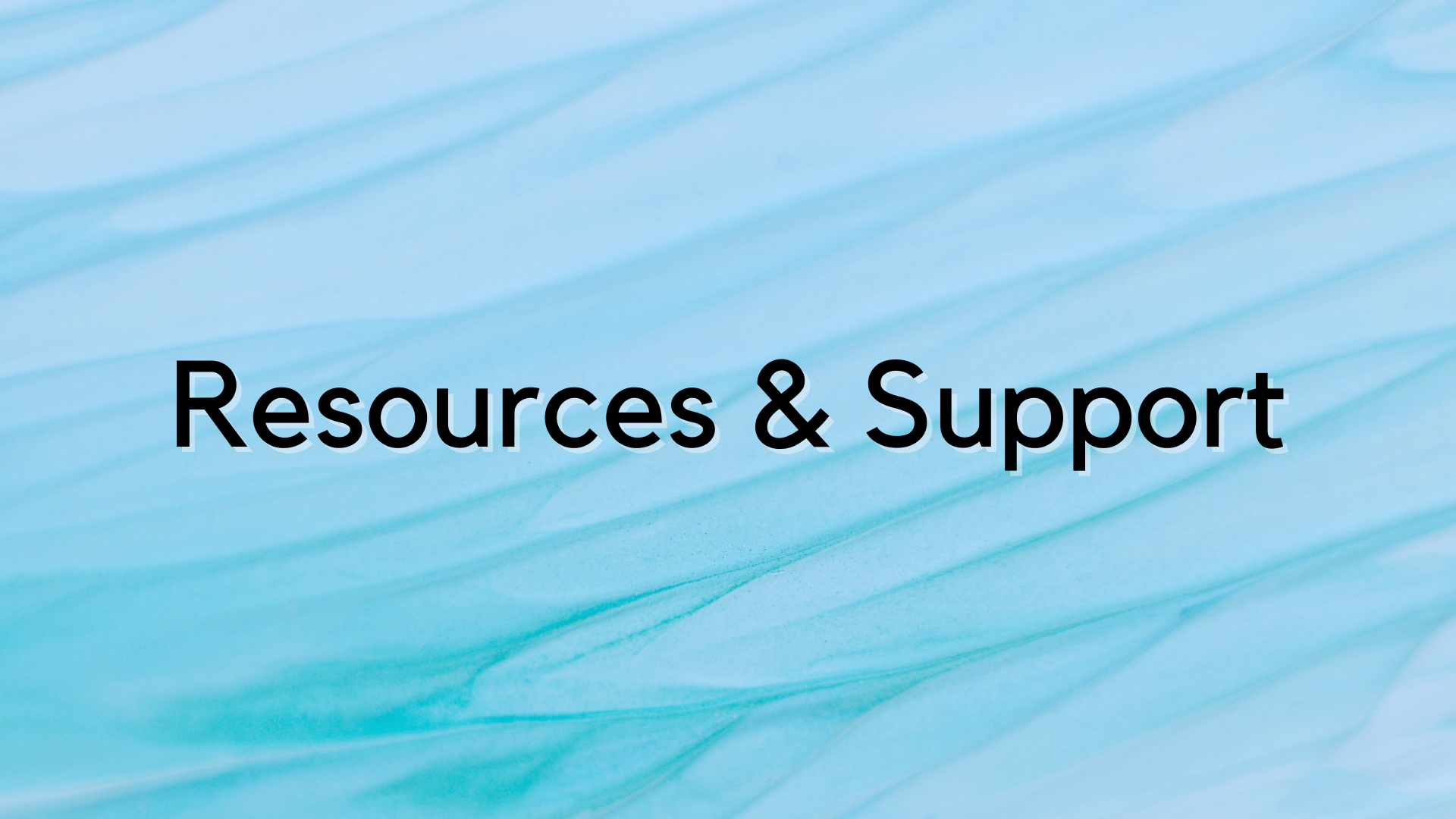
This section is intended to provide direct links for students with marginalized identities in attempts to provide support and resources in an inclusive and accessible manner. This section is for general use and does not provide school specific resources or support.
Accessibility Challenges on Campus:
University and college campuses can be difficult for all students to navigate when they are first becoming familiar with the school. In addition, all aspects of campus may not be fully accessible, so it is important to plan ahead when visiting campus for the first time.
The majority of colleges and universities have online versions of their campus maps, which contain information on accessibility. This includes the locations of accessible entrances, accessible washrooms, Handi Transit stops, and emergency telephones. Some schools may even have virtual tours of their campus available online.
To find your school’s accessible map or virtual campus tour, use the following key words and phrases in Google:
How to Access Support and Accommodation:
In order to receive support services at college or university, you will need to notify the school you are attending beforehand. The school will likely ask for medical documentation in order to provide you with these services. For more details, contact your school’s accessibility office directly in-person, through email or over phone.
To find out the services available at your college or university use the following key words and phrases in Google:
The following resources for students with exceptionalities are available at most post-secondary institutions.
Always check what services are available at your post-secondary institution to see what is available.
BIPOC is an acronym that stands for Black, Indigenous, and People of Colour. BIPOC students face unique challenges when entering post-secondary school.
As part of this program, we are committed to ensuring that the teachings of this program are holistic and recognize the important contributions of Black, Indigenous, and People of Colour (BIPOC). We would like to acknowledge that science has historically been built by a select number of privileged voices. While that does not change the quality of the science or the science norms of the past, we are committed to ensuring that a broader range of perspectives and voices are shared and woven throughout this program.
Resources for Black Students:
The University of Windsor sits on the traditional territory of the Three Fires Confederacy of First Nations, which includes the Ojibwa, the Odawa, and the Potawatomie. We respect the longstanding relationships with First Nations people in this place in the 100-mile Windsor-Essex peninsula and the straits – les détroits – of Detroit.
An interactive H5P element has been excluded from this version of the text. You can view it online here:
https://ecampusontario.pressbooks.pub/firstyeareco2022/?p=114#h5p-23
Retrieved from Agnes Kucharska at Mohawk College
Practical Tips for International Students
Additional Support
Information for international students about working and living in Ontario:
For international students, you may not have a valid Ontario driver’s license or health-card to present as identification. This informative video shows and explains how to get an Ontario photo ID card, which is a great supplementary piece of government accepted identification outside of your passport.
2SLGBTQI stands for Two Spirit, Lesbian, Gay, Bisexual, Transgender, Queer, and Intersex individuals. Members of the 2SLGBTQI community face additional barriers compared to other students.
Supports for 2SLGBTQI students:
Support for 2SLGBTQI Students On Campus:
If LGBTQ students face any difficulties on campus, there are methods of support.
An interactive H5P element has been excluded from this version of the text. You can view it online here:
https://ecampusontario.pressbooks.pub/firstyeareco2022/?p=114#h5p-24
Retrieved from Caitlin Cull at Conestoga College
Mature students are students who do not meet the traditional academic requirements expected of a college or university undergraduate program. Mature students likely have not received an Ontario Secondary School Diploma (or an equivalent diploma), or are missing other program requirements. School’s will recognize other life accomplishments and work experiences in place of the academic requirements. Mature students may face additional challenges compared to their peers.
Part-Time Associations for Mature Students:
Do:
Don’t:
Adapted from The Student Success and Leadership Centre at the University of Windsor

21
By completing this section, you can:

In Canada, there are a variety of scholarships and bursaries available to post-secondary students. Scholarships and bursaries can be needs-based, academic related, or specific to different groups of people.
Scholarships, Bursaries and Grants for Black Students
Scholarships, Bursaries and Grants for Indigenous Students
Scholarships, Bursaries, and Grants for LGBTQ2IS Students
An interactive H5P element has been excluded from this version of the text. You can view it online here:
https://ecampusontario.pressbooks.pub/firstyeareco2022/?p=117#h5p-25
Created by Vanessa Reka at University of Windsor

22
By completing this section, you can:
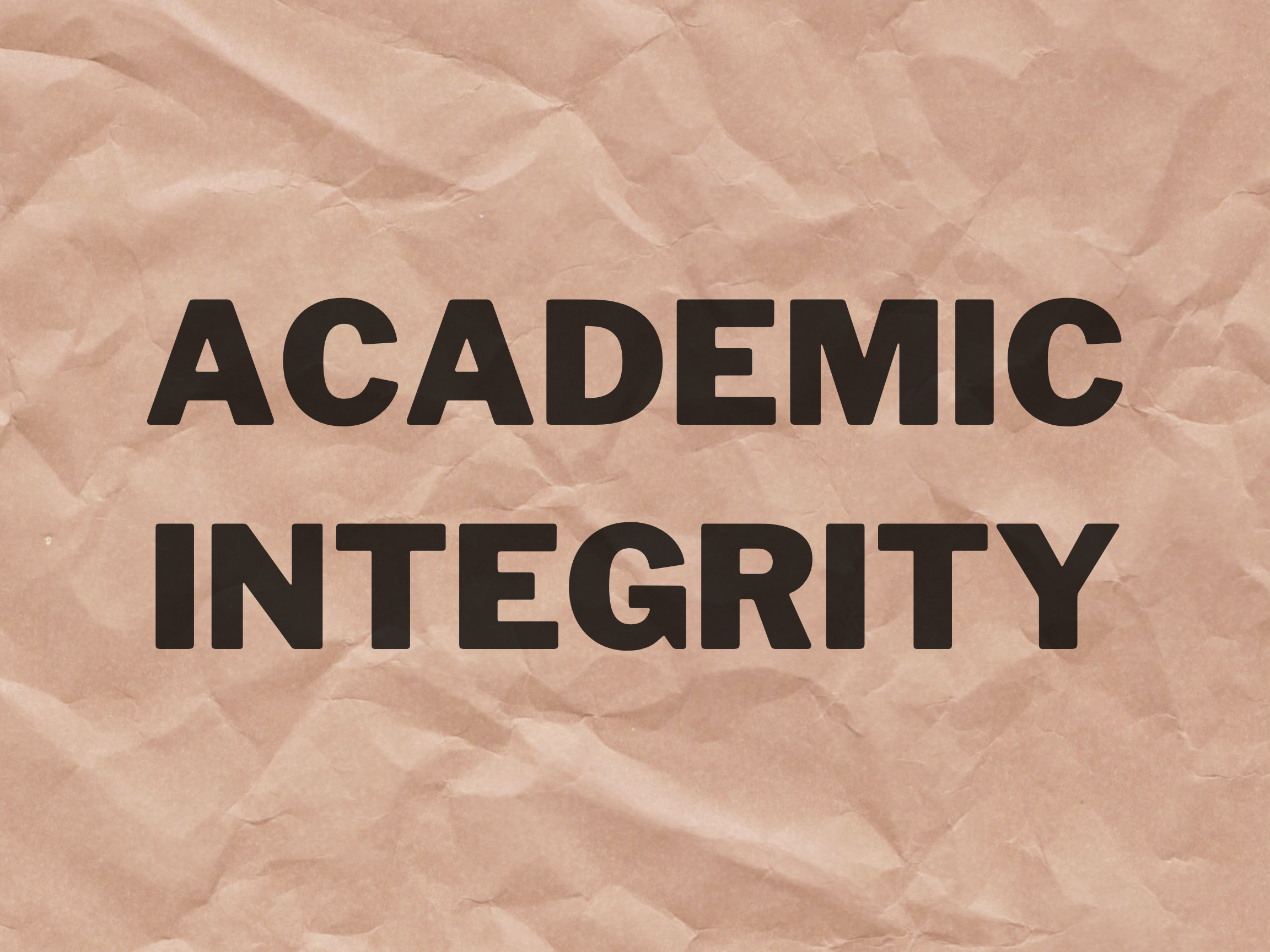
Academic integrity is vital in education.
It is important to always reference material and provide citations for content that is not your own.
An interactive H5P element has been excluded from this version of the text. You can view it online here:
https://ecampusontario.pressbooks.pub/firstyeareco2022/?p=120#h5p-26

23
By completing this section, you can:

“It is wiser to find out than to suppose.”
quote by MARK TWAIN
An interactive H5P element has been excluded from this version of the text. You can view it online here:
https://ecampusontario.pressbooks.pub/firstyeareco2022/?p=123#h5p-27
Retrieved from Student Learning & Academic Success at York University
An interactive H5P element has been excluded from this version of the text. You can view it online here:
https://ecampusontario.pressbooks.pub/firstyeareco2022/?p=123#h5p-28
Retrieved from Adam Mulcaster at University of Windsor

24
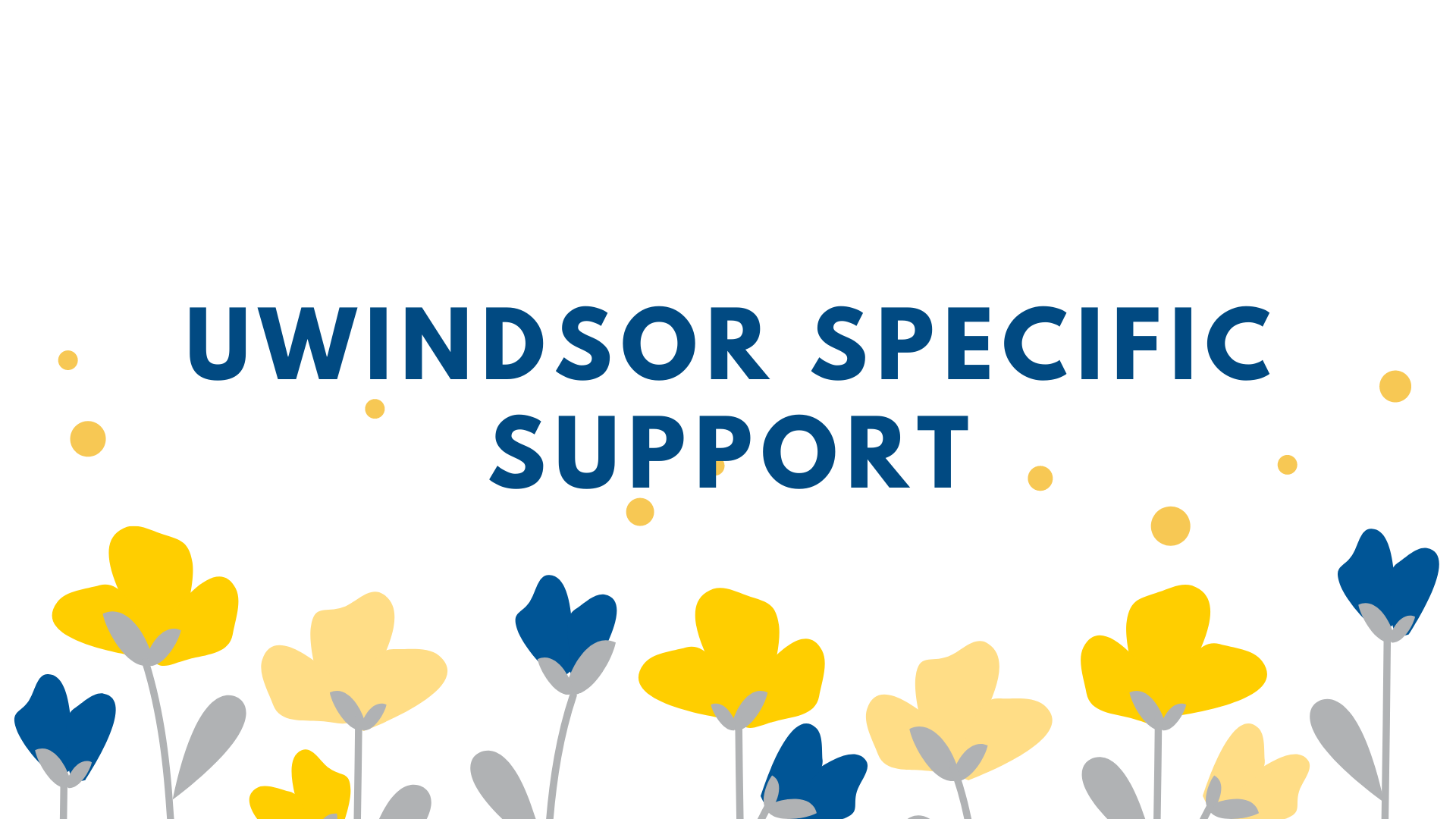
[Other schools can edit this chapter to fit their school, or remove it completely]
| Campus Service | Description of Service | For more Information: |
| Academic Advising | The Academic Advising centre aids students in choosing or changing a program, understanding degree requirements, adding, withdrawing or dropping a course, and reviewing academic progress. | https://www.uwindsor.ca/success |
| Centre for English Language Development (ELIP) | ELIP focuses on developing English language and academic skills to meet the University of Windsor English proficiency requirements. | https://future.uwindsor.ca/english-language-improvement-program#elip-faqs |
| Leddy Library | The Leddy Library is the on-campus library at the University of Windsor. The library provides research help, computer help, and writing help. The Leddy catalogues are a valuable source of research information for students. Leddy Library also a variety of learning and study spaces available to students. | https://leddy.uwindsor.ca/ |
| Student Accessibility Services (SAS) | Student Accessibility Services provides services for students that have documented disabilities such as learning disabilities, vision and hearing impairments, and chronic medical conditions. SAS also offers advising, learning strategists, LD and ADHD coaching, and assistive technology | https://www.uwindsor.ca/studentaccessibility/
|
| Writing Support Desk | The Writing Support Desk is a service provided through Leddy Library. At the support desk you can get help regarding interpreting assignment prompts, constructing strong thesis statements & arguments, grammar, analyzing & integrating sources, and citing & referencing. Book a one-on-one appointment at least a week in advance through mySuccess. | https://www.uwindsor.ca/success/writingsupportdesk |
| Mental Health Supports | From time to time, students face obstacles that can affect academic performance. If you experience difficulties and need help, it is important to reach out to someone. For help addressing mental or physical health concerns on campus, contact (519) 253-3000:
| http://www.uwindsor.ca/studentcounselling/299/resources |
| My Student Support Program (MySSP) | An immediate and fully confidential 24/7 mental health support that can be accessed for free through chat, online, and telephone. This service is available to all University of Windsor students and offered in over 30 languages. | Call: 1-844-451-9700, visit https://keepmesafe.myissp.com/ or download the My SSP App in the Apple App Store/Google Play. |
| Student Health, Counselling, and Wellness | Student Health, Counselling and Wellness Services is your one-stop shop to address your wellness needs at UWindsor. We assist students in understanding, developing, and fulfilling their own potential so that they can get the most out of their university experience while also managing the obstacles and challenges that come with it. Our office provides medical services, counselling options, wellness programming and resources to support you in your university journey. | http://www.uwindsor.ca/wellness |
| Learning and Research Support (Leddy Library) | Librarians and staff at Leddy provide specialized services and expertise to support students, faculty and the community. This can range from helping a new student to learn about effective research for their first assignment, to providing in-depth consultations with faculty and graduates on policies related to open access or research data management. | https://leddy.uwindsor.ca/learning-research-support |

VI
By completing this module, you can:
25
By completing this section, you can:

LMS stands for Learning Management System. There are numerous LMS platforms that your post-secondary school may use, so it is important to familiarize yourself with how to access and engage with the platform or application utilized by your school.
Some popular LMS systems consist of Blackboard Inc., Moodle, Sakai, Canvas by Instructure, and the Microsoft Suite applications.
Blackboard Learn is a course management system that allows your instructors to provide course-based content in a central location. It can have course content, syllabuses, discussion boards, contact information, and provide grades in an electronic format.
For help navigating the platform, here is Blackboard Learn – Help for Students. Or, take a look at some of the helpful YouTube tutorials below.
————————————————————————
The Blackboard app is designed especially for students to view content and participate in courses. The current version of the app is available on iOS and Android mobile devices.
Microsoft Suite or Microsoft 365 consists of multiple software programs that help with productivity. It includes applications that you may be familiar with, such as:
Here is a quick video that highlights the Microsoft applications you may need to use for your academics:
Microsoft Teams is a collaboration application that lets your team or class stay organized and have conversations all in one place. With the shift to online learning and work amid the COVID-19 pandemic, many instructors utilize the Teams application to hold synchronous classes. You can use the application to connect with your peers and professor.
This quick video introduces Teams and provides some helpful information about navigating the application:
Microsoft Applications Integration with Teams
An interactive H5P element has been excluded from this version of the text. You can view it online here:
https://ecampusontario.pressbooks.pub/firstyeareco2022/?p=130#h5p-29
Retrieved from Alissa Bigelow at Georgian College
An interactive H5P element has been excluded from this version of the text. You can view it online here:
https://ecampusontario.pressbooks.pub/firstyeareco2022/?p=130#h5p-30

26
By completing this section, you can:
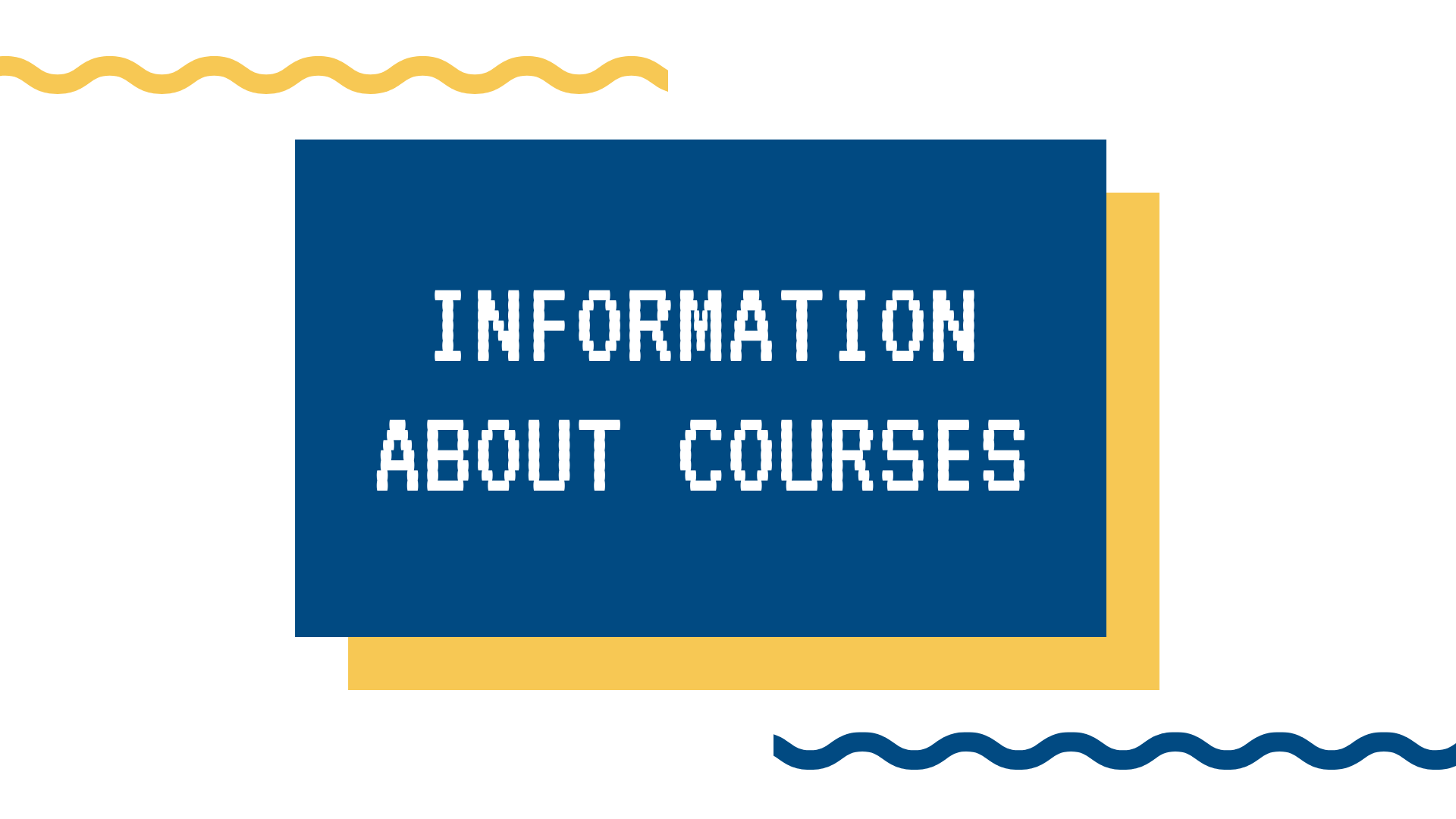
The structure of course syllabi may vary slightly across differing post-secondary institutions, but it is important to understand that most syllabi will highlight the same important components, such as course description and contact information, learning outcomes, required and supplementary materials, and a prospective schedule of the course over the term.
What is a syllabus?
Where can you find course syllabi?
Using this Chemistry syllabus from Western University as an example, explore the different components of a syllabus to familiarize yourself with the structure and content.
An interactive H5P element has been excluded from this version of the text. You can view it online here:
https://ecampusontario.pressbooks.pub/firstyeareco2022/?p=135#h5p-31
Adapted from Lisa Aikman at Western University
Enrolling in a Course
Changing a Course
Dropping a Course

An interactive H5P element has been excluded from this version of the text. You can view it online here:
https://ecampusontario.pressbooks.pub/firstyeareco2022/?p=135#h5p-32

27
By completing this section, you can:
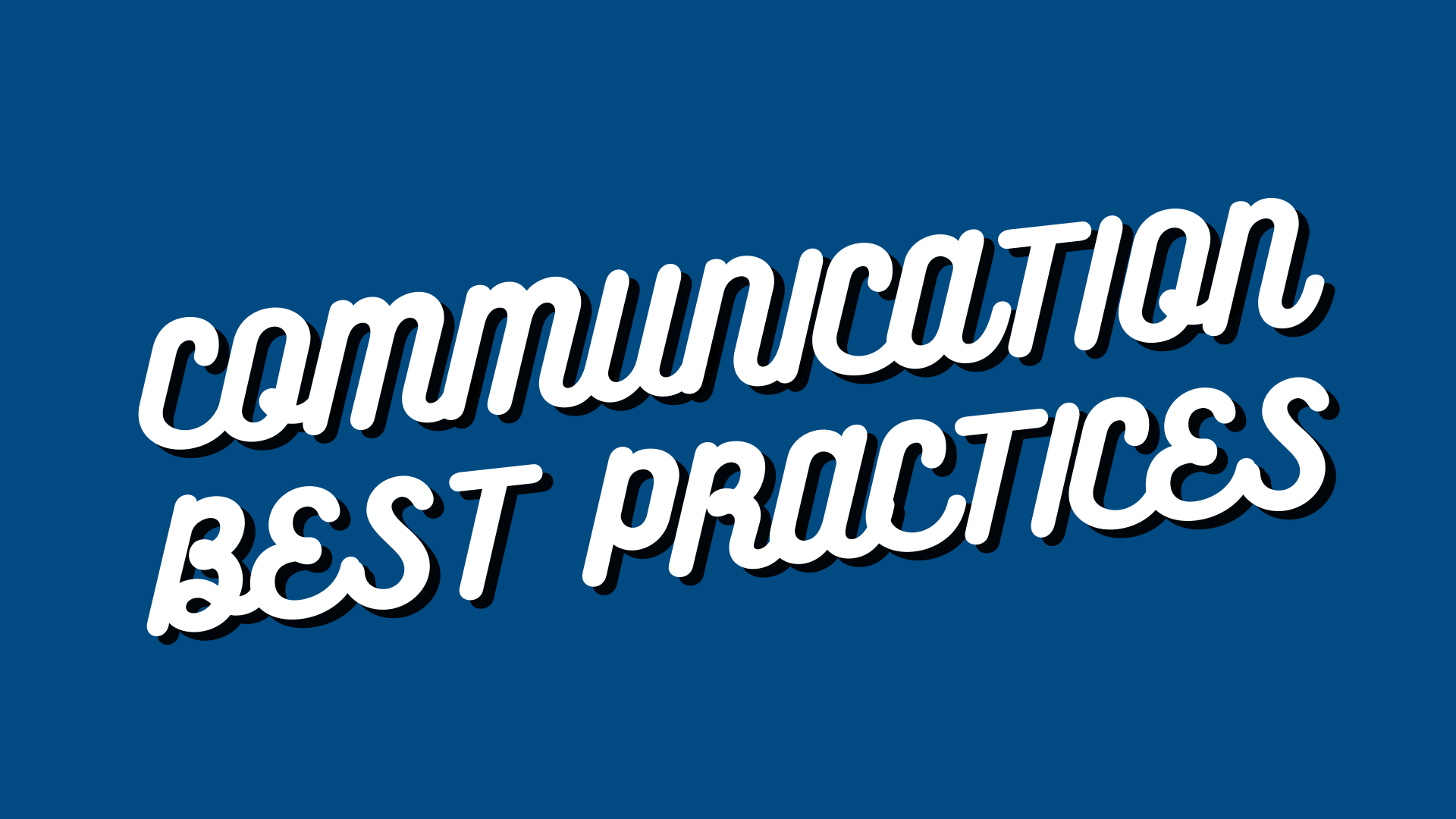
Professional communication is an important part of post-secondary education. Universities and colleges are professional environments that maintain certain expectations of professional conduct, especially when communicating with professors and other administrators.
Professional communication requires formality. There is a distinction between informal communication with family and friends and professional contact with professors or employers. This applies to written and spoken communication, such as emails and office hours.
It is important to be precise, succinct, and accurate while talking or writing professionally. A professional tone should used through suitable greetings, coherent phrases, and language. To be professional, you must first understand who your will be communicating with. It is important that both the material and the format of your message is suitable to your audience.
An interactive H5P element has been excluded from this version of the text. You can view it online here:
https://ecampusontario.pressbooks.pub/firstyeareco2022/?p=139#h5p-33
What are office hours?
Office hours are times at which professors and teaching assistants are available to meet with students outside of class time. These hours are available so that you can ask for help, seek clarification, or follow up on certain aspects of the course that you may find confusing. You can also use office hours to discuss programs of study, internships, graduate schools, and graduation requirements (n.d., Cornell University).
How to prepare for office hours
Preparing for office hours can help you get the most out of your conversation and may boost your confidence before visiting. Here are a few suggestions for how to prepare:
Each professor will have a different approach to holding remote office hours. They may be available via phone calls, Zoom meetings, or Microsoft Teams meetings. Some instructors hold their office hours on specific days and times each week, while other instructors may offer office hours through appointment only. Check the course syllabus to identify how office hours will be held for the course you are taking. If you are not sure how to access office hours or at which times they occur, contact your professor.
Adapted from Cornell University’s What are Office Hours?

VII
This program is intended for Ontario post-secondary schools as part of eCampus Ontario. Therefore, while the information and resources are general in terms of institutions, some of the content is Ontario-specific.
Under the CC-BY-NC-SA licence, you are free to share this Pressbook by coping and redistributing the material in any medium or format. You may also adapt this Pressbook by remixing, transforming, and building upon the material for any purpose. To do so, you must provide attribution by giving appropriate credit, providing a link to the license, and indicating if changes were made.
You can customize this Pressbook in many ways, such as, but not limited to:
We have made many decisions that lead to this finalized version of the Pressbook.
Sustainability is synonymous with longevity. The successful continuation of an open transition support program offered to first-year students beginning their post-secondary educational journeys provides opportunities for students across Ontario institutions to access content specifically curated for a smoother transition into a new school system. In terms of this project, we define the sustainability of this program as:
As student partners, we’ve spent time designing this transition support program to highlight topics and concerns that any student may experience as they transition into post-secondary education through our own post-secondary education experiences and the experiences of our peers. Combining our perspectives and backgrounds with the direct experiences, concerns, and impressions of other students allowed us to develop an inclusive, accessible transition modules that focuses on central themes showcased in each module.
This project was made possible by funding from the Government of Ontario and eCampus Ontario. This project was created through the Office of Open Learning at the University of Windsor
Project Lead: Nick Baker, Director, Office of Open Learning Institution: University of Windsor.
The modules for this transition support program stem from genuine concerns, interests, experiences, and advice from post-secondary students and faculty. Therefore, we comprised a list of the most important topics we could provide knowledge and guidance on pertaining to the post-secondary experience. In addition to this, we wanted the modules to assist all students, regardless of age, gender/identity, orientation, race, ethnicity, religion, and geographical location.
How would we (the original developers of the program) measure the success of the program?
Based off these measures, current developers/project owners should consider:
1
This is where you can add appendices or other back matter.
2

Access your post-module survey here or scan the QR code to complete it on your phone.
3
4
A school appointed advisor who helps support students with academic and program related questions.
Academic probation is a warning given to students when they have not met the minimum average requirements set by their program.
The high school courses, grades, and average a student needs to be considered for admission
A student attending post-secondary at a time other than directly out of secondary school. Can also be referred to as a Mature Student.
A graduate of a particular school.
Anti-requisites are courses that are similar in content, and therefore cannot both be taken to receive credit.
do not occur in the same place or at the same time
In Canada a Bachelor's Degree generally refers to 3 to 4 years of full-time study at a University. Can also be referred to as an Undergraduate Degree.
Bloom's taxonomy is a set of three hierarchical models used to classify educational learning objectives into levels of complexity and specificity. The three lists cover the learning objectives in cognitive, affective and sensory domains.
Money given to students based on financial need. Bursaries do not need to be paid back
The physical location of a University or College where the majority of buildings are located.
The leader or head of a college or University.
A group of students who work together in the same course.
a process of active learning in which students work together to study, learn, or complete a project or task.
A form of postsecondary education that grants diplomas and certificates.
Another word for a graduation ceremony.
Another word for a graduation ceremony.
A course that needs to be taken at the same time as another course that is specified.
The recognition for taking a course. Credits are used towards degree completion.
A course that is offered by more than one faculty.
The total average of courses in relation to their credit weight.
The section of a College or University that is devoted to a particular subject area.
A document provided by a college or university to show that someone has successfully completed their course of study.
Also referred to as dorms. A residence building where a number of students live in private and semiprivate rooms.
Drop refers to unenrolling from a course.
Electives are courses that are not required to take for your program but you still receive credit for.
Refers to signing up for a course.
Groups you belong to outside of class, such as sporting teams, clubs and organizations.
A group of departments or professional schools that offer programs with similar themes
Refers to the fall semester of school that runs from September to December.
A test at the end of a course of study.
When costs (tuition, textbooks, housing and food, personal expenses) exceed the financial resources a student has available.
Refers to a student who is the first in their family to attend post-secondary education.
In Ontario, OSAP considers a full-time student as a student taking 60% or more of a full course load.
A Graduate Assistant (GA) is a graduate student that assists professors with research, teaching and marking.
an alphabetical list of key words, terms, and concepts and their explanations; like a dictionary
A number that represents the average value of grade points received divided by number of credits.
A graduate or undergraduate student who assists a professor with research, grading and other course-related responsibilities.
A form of financial aid that a student does not have to repay
Education beyond secondary school.
Classes that occur physically on campus.
An internship is a short-term work experience in which a student can receive training and gain experience in a specific field or career area.
A six-week period of school that occurs between May and June.
A form of motivation that occurs when actions are performed for personal satisfaction instead of due to external factors.
Component of a course where you apply knowledge learned from lectures.
The course of a person's progress in gaining experience or new skills
Learning objectives explicitly define and describe the knowledge and resources students can acquire by the end of the module.
The instructional aspect of a course.
Lesbian, Gay, Bisexual, Trans, Queer, Intersex and Two-Spirit
A learning management system (LMS) is a software application for the administration, documentation, tracking, reporting, automation, and delivery of educational courses, training programs, or learning and development programs.
(Source: Wikipedia)
A form of financial aid a student needs to repay.
A subject area that students specialize in.
The grade point average of the courses required for your major.
The maximum number of units that a student can enroll in, in a given term.
An exam that occurs around the middle of the semester.
A grouping of classes in a particular subject area. Consists of fewer classes than a major.
Time set aside by professors or teaching assistants for students to visit their office and ask questions or discuss the course they teach.
A university official that investigates complaints and other inquiries.
A course with no pre-requisites.
An event prior to the start of school in which different activities occur to help students get acquainted with school.
The Ontario Student Assistance Program (OSAP) offers financial assistance to students attending post-secondary education in Ontario.
Plagiarism is copying someone else's work and stating it is your own.
Schooling that occurs after high school, usually college or university
A name used that is other than your legal name. For example, a nickname can be considered a preferred name
The set of pronouns that an individual identifies with and wants to be referred to.
A course that is required to have been taken in order to enrol into another course.
A senior administrative member of a college or university.
The office at a college or university responsible for admissions and registration.
The process of signing up for courses and paying tuition.
A course that is required for a particular program, major or degree requirement.
are often based off of some form of achievement (academic, sports-related, humanitarian etc.)
Non-repayable awards given to students
A school term.
S.M.A.R.T. is an acronym that represents goals that help with focus and motivation.
S - Specific
M - Measurable
A - Attainable
R - Relevant
T - Time
Skills to Enhance Personal Success (STEPS)
A unique number assigned to students.
The plural form of syllabus.
A description of a course which also lists the dates of major exams, assignments and projects.
Synchronous learning refers to a learning event in which an instructor and a group of students are engaging in learning at the same time.
Teacher's Assistant
A portion of an academic year when classes occur.
An official document that shows proof of education.
The amount of money that is charged by a college or university for a term of study.
A course component in which students can ask questions, discuss course materials and complete course related tasks.
A course component in which students can ask questions, discuss course materials and complete course related tasks.
A course that spans two semesters or terms.
A post-secondary institution that offers undergraduate, graduate, and post graduate programs.
Winter term refers to the semester that occurs between January and April.
A term used on transcripts to detail that a course has been dropped after the add/drop deadline.